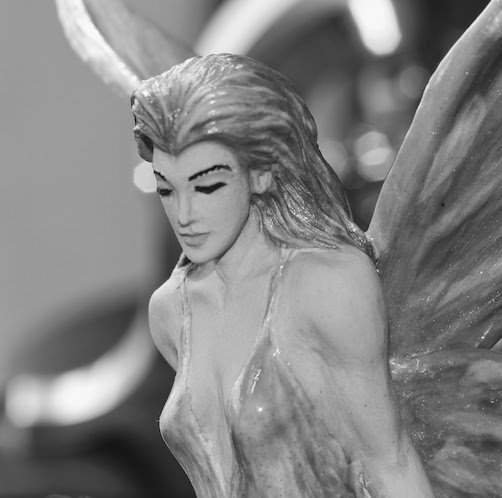- Details
- Category: Sculptures
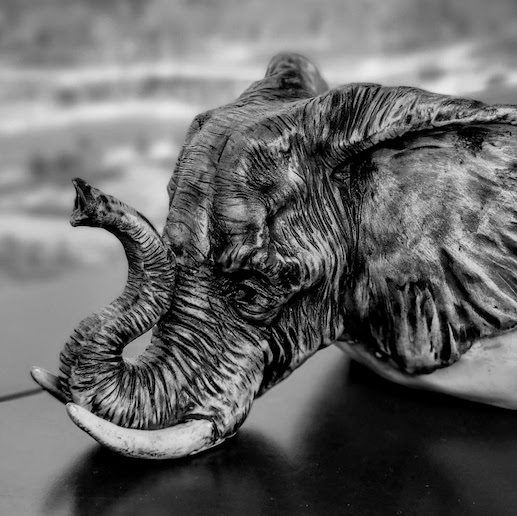
The elephant and rhinoceros are the two largest land animals in the African continent and adorn this oval shaped bowl. My thanks again to the Ceramic Art Studio and Shop.


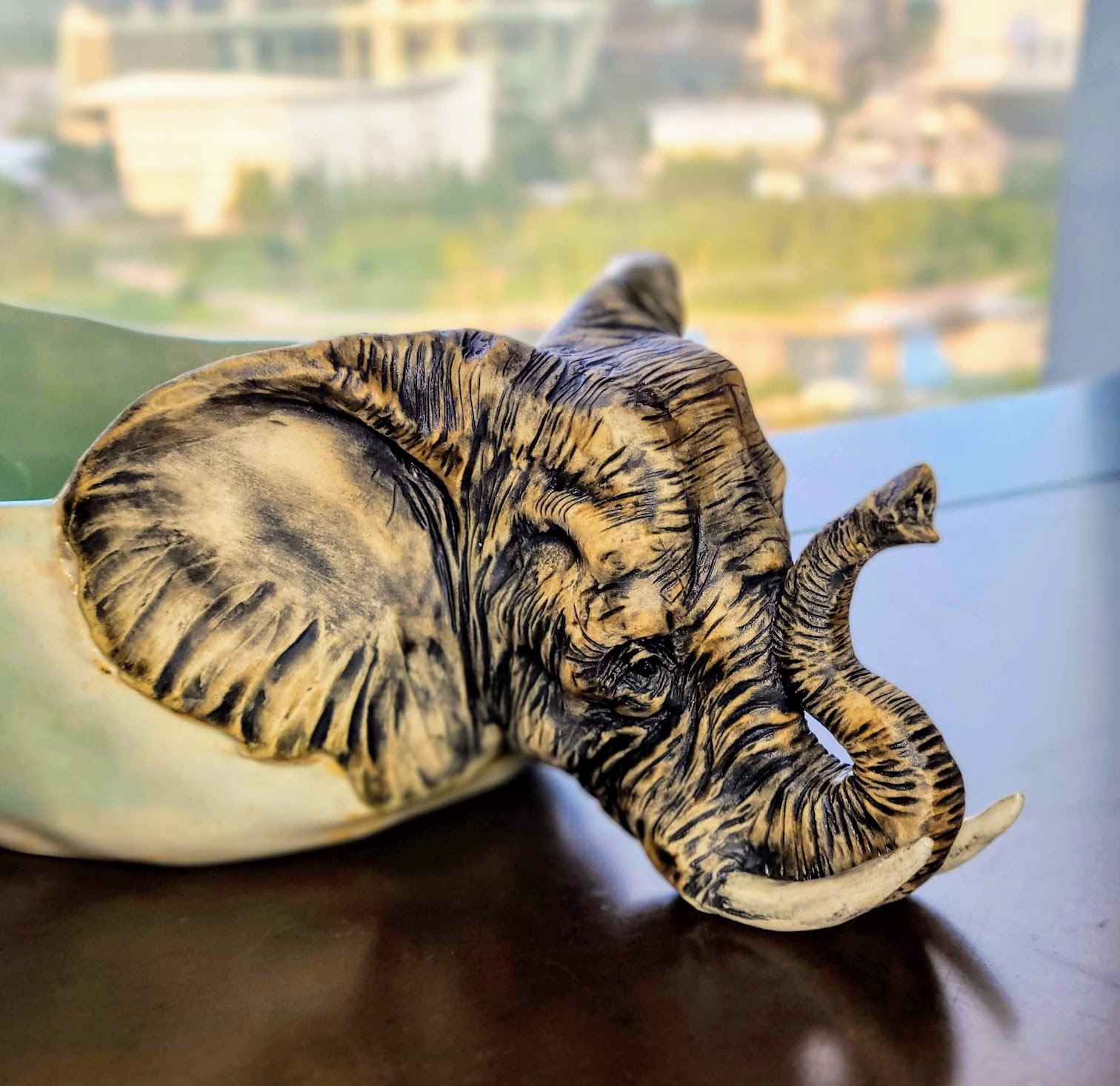
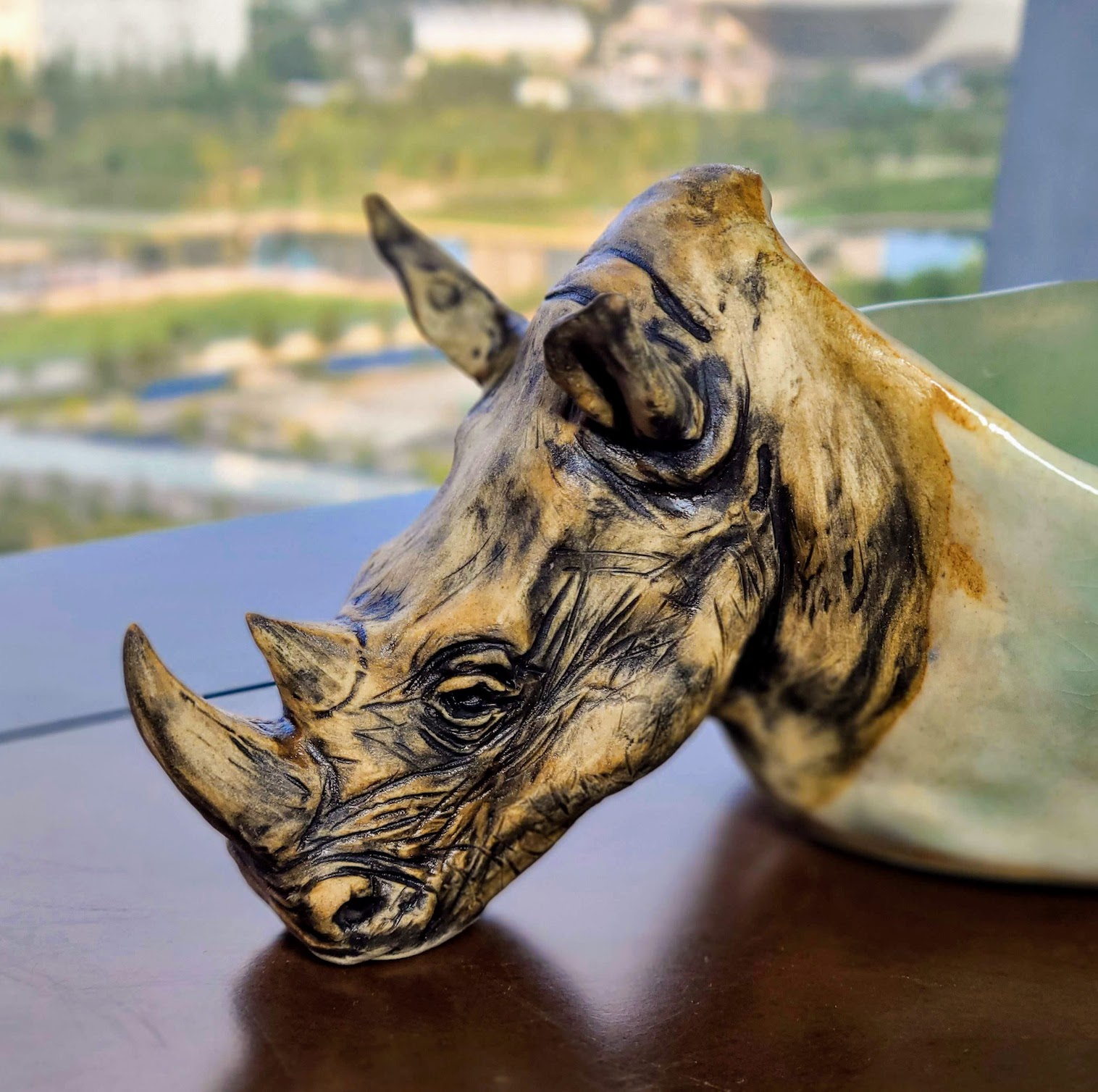
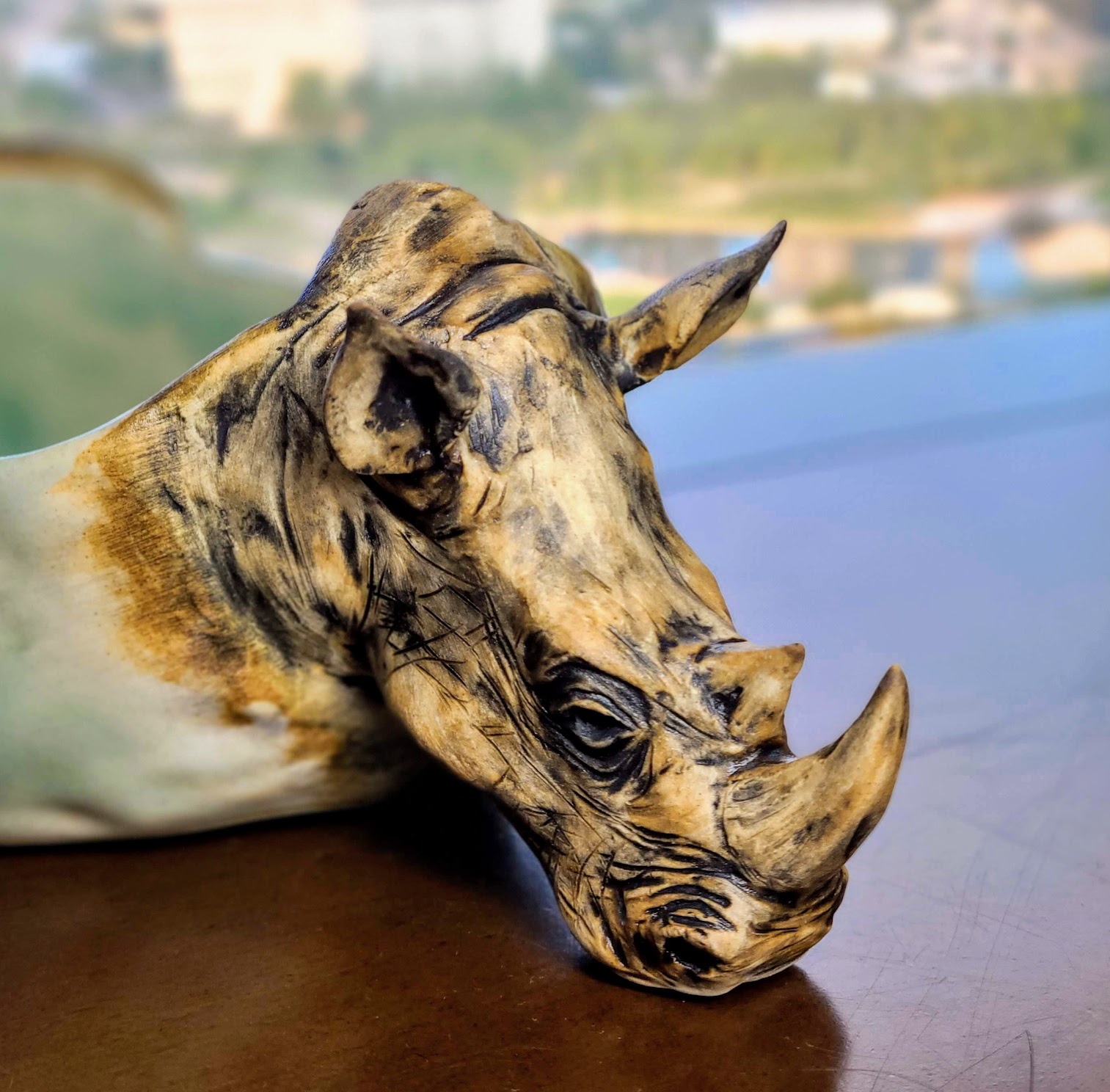
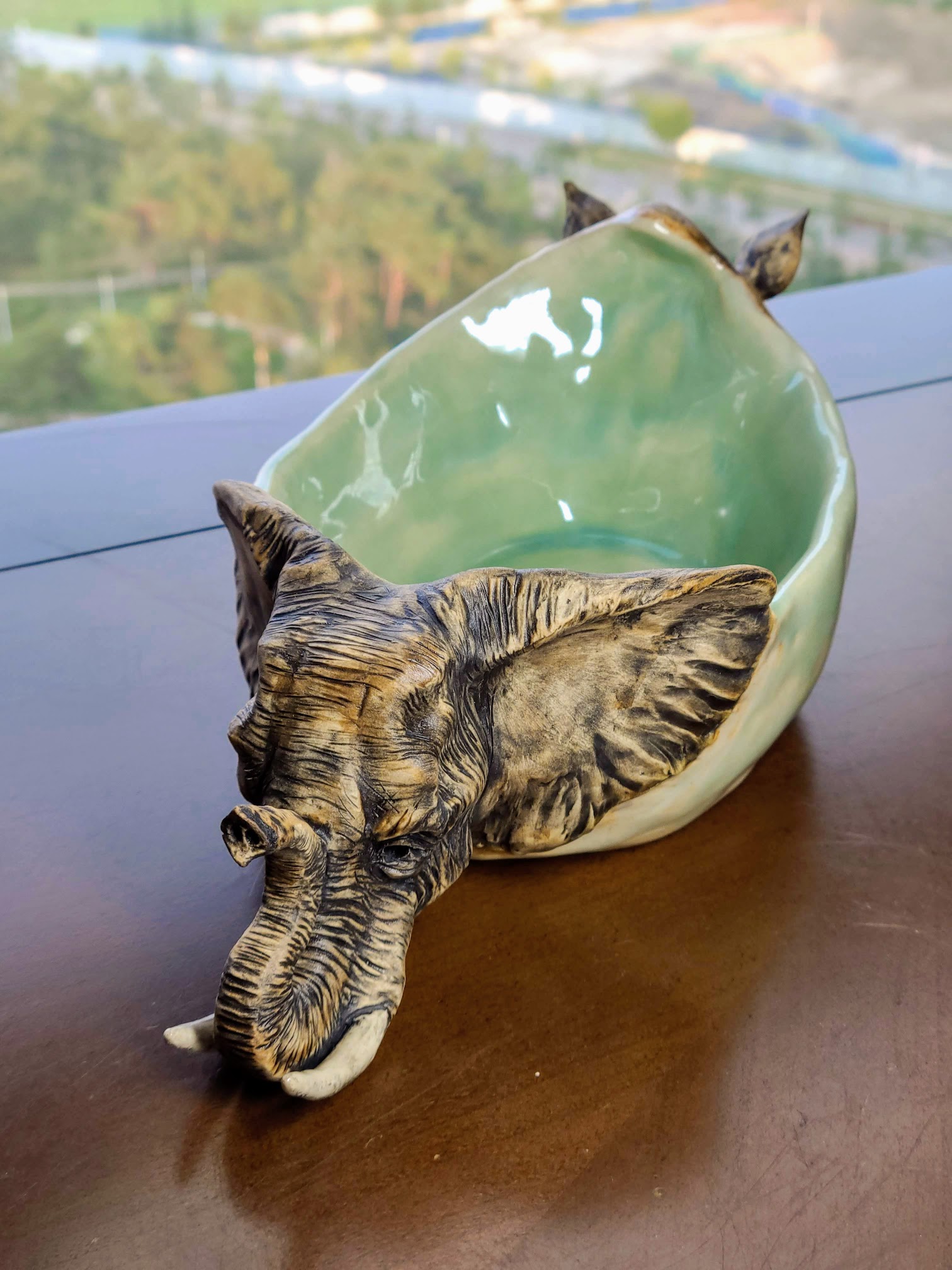
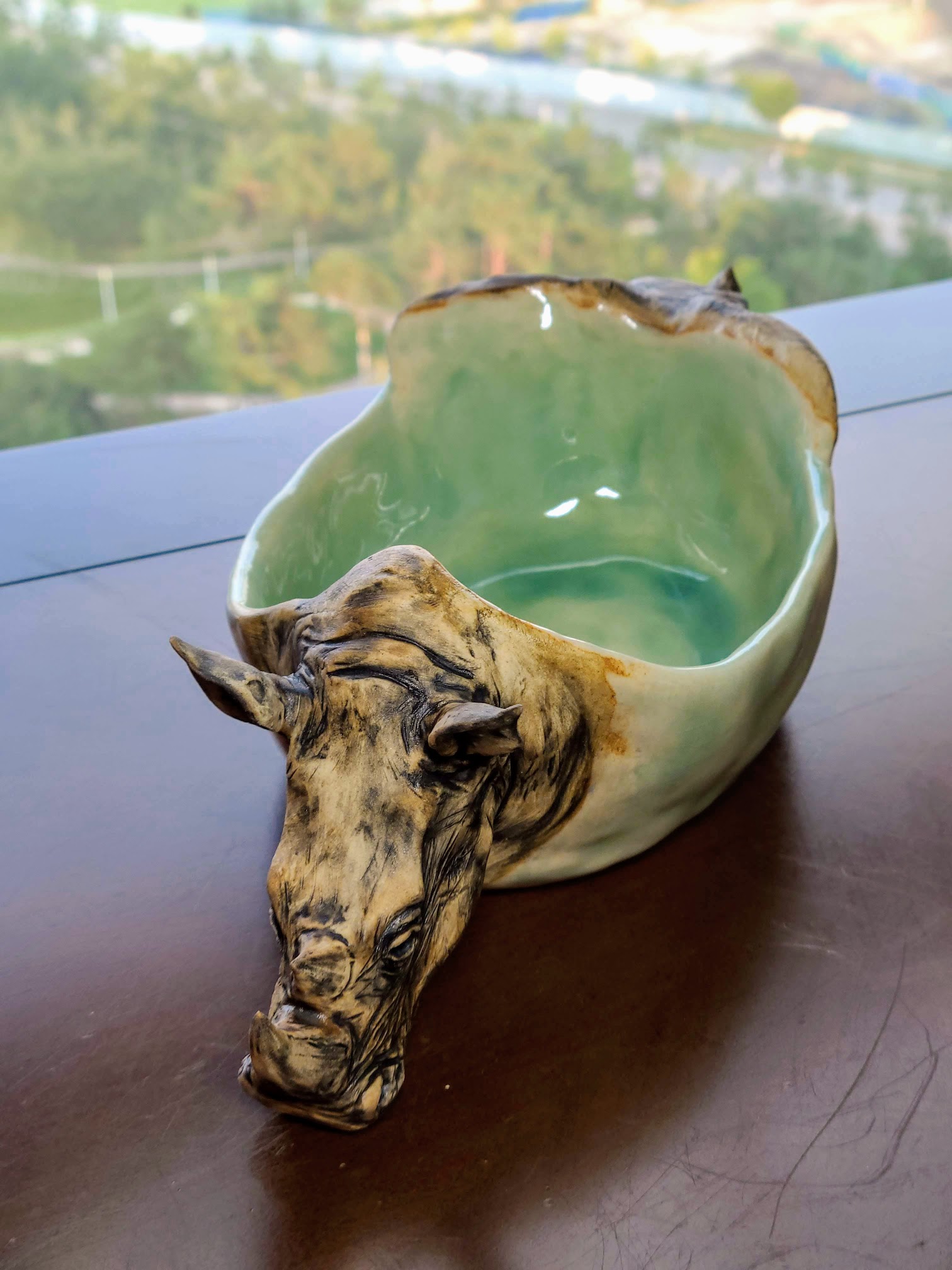
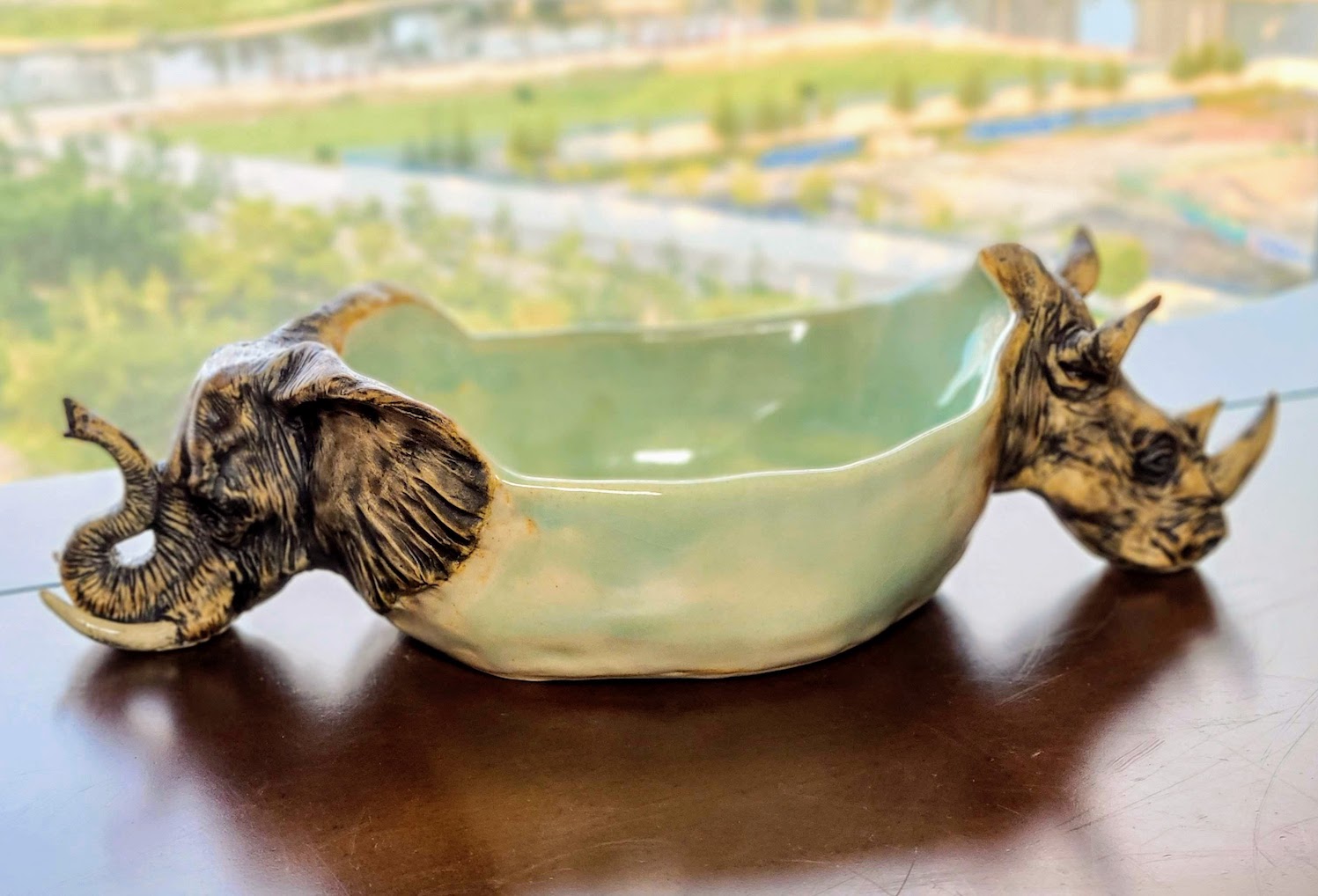
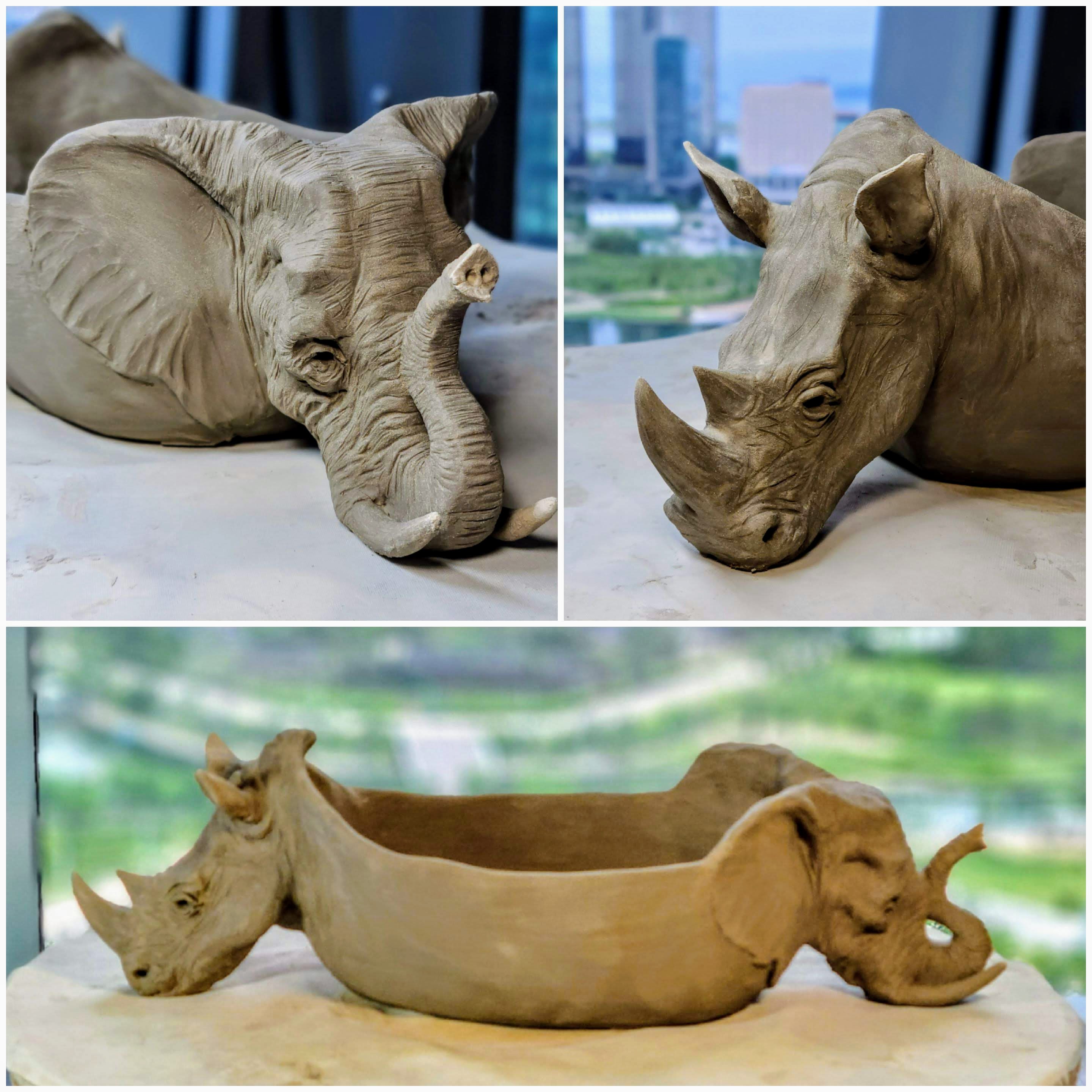
Wet clay model
- Details
- Category: Sculptures
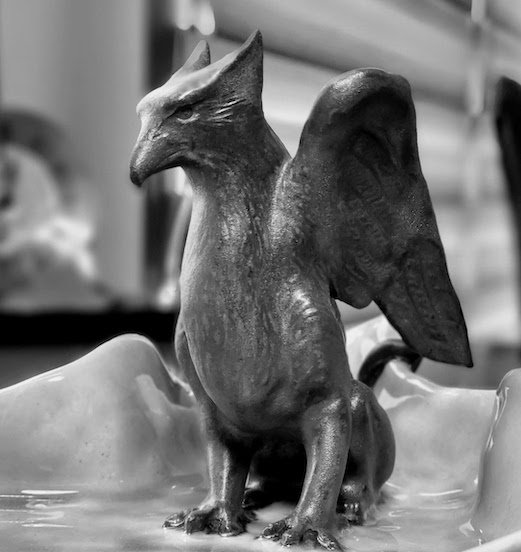
The griffin, griffon, or gryphon is a legendary creature with the body, tail, and back legs of a lion; the head and wings of an eagle; and sometimes an eagle's talons as its front feet. Because the lion was traditionally considered the king of the beasts, and the eagle the king of the birds, by the Middle Ages, the griffin was thought to be an especially powerful and majestic creature. Since classical antiquity, griffins were known for guarding treasures and priceless possessions. In medieval heraldry, the griffin became a Christian symbol of divine power and a guardian of the divine. My thanks again to the Ceramic Art Studio and Shop.
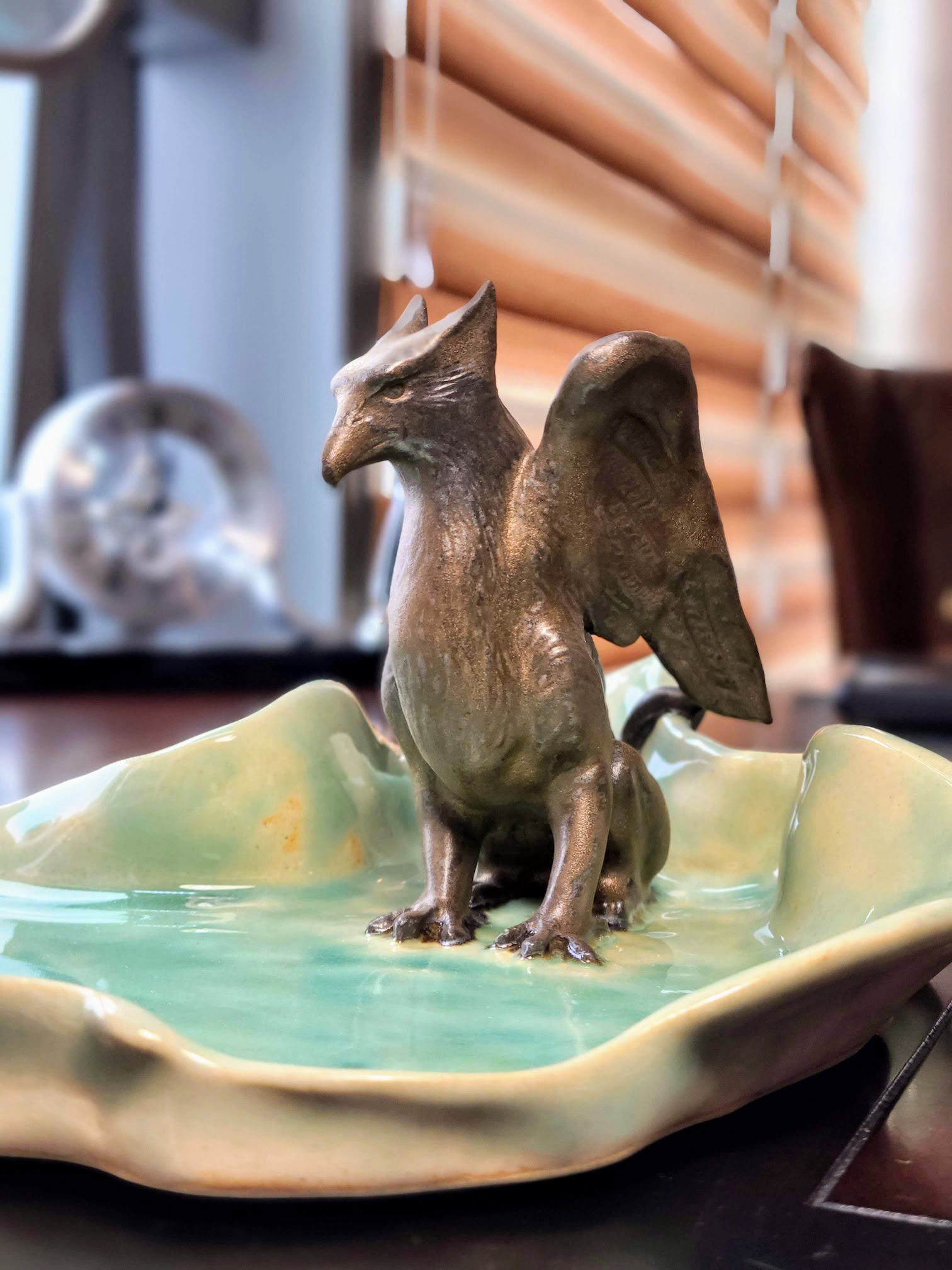
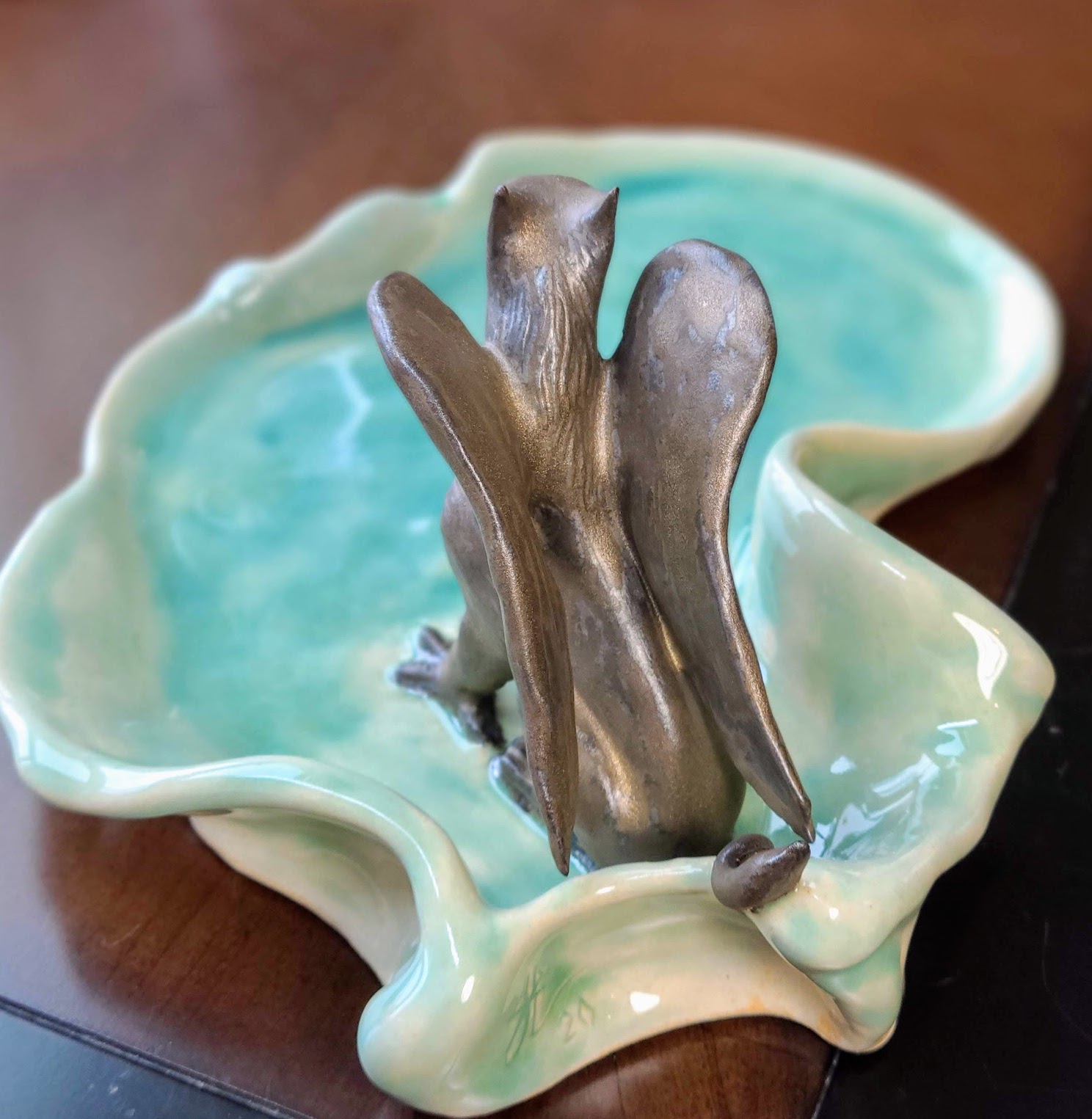
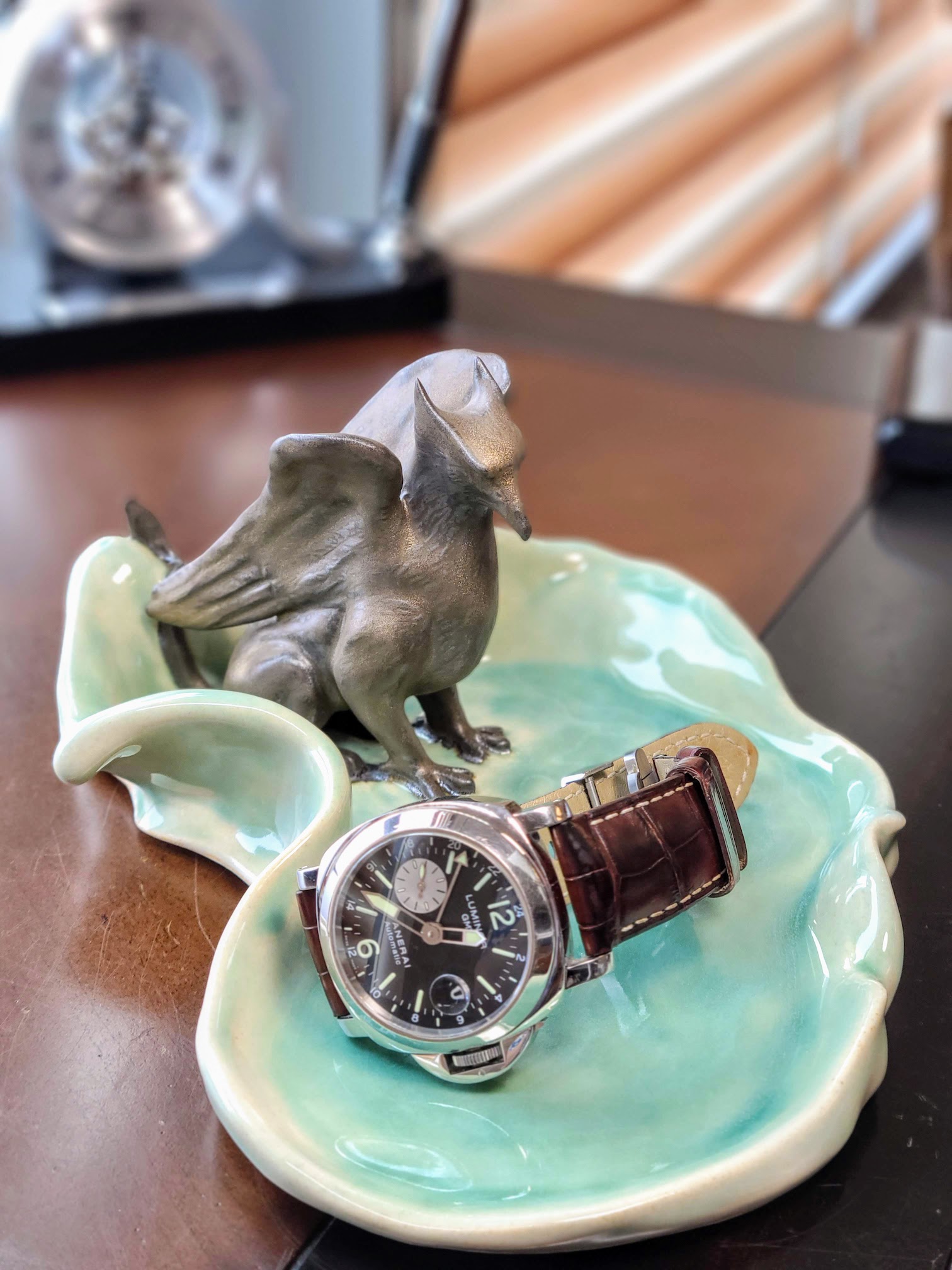

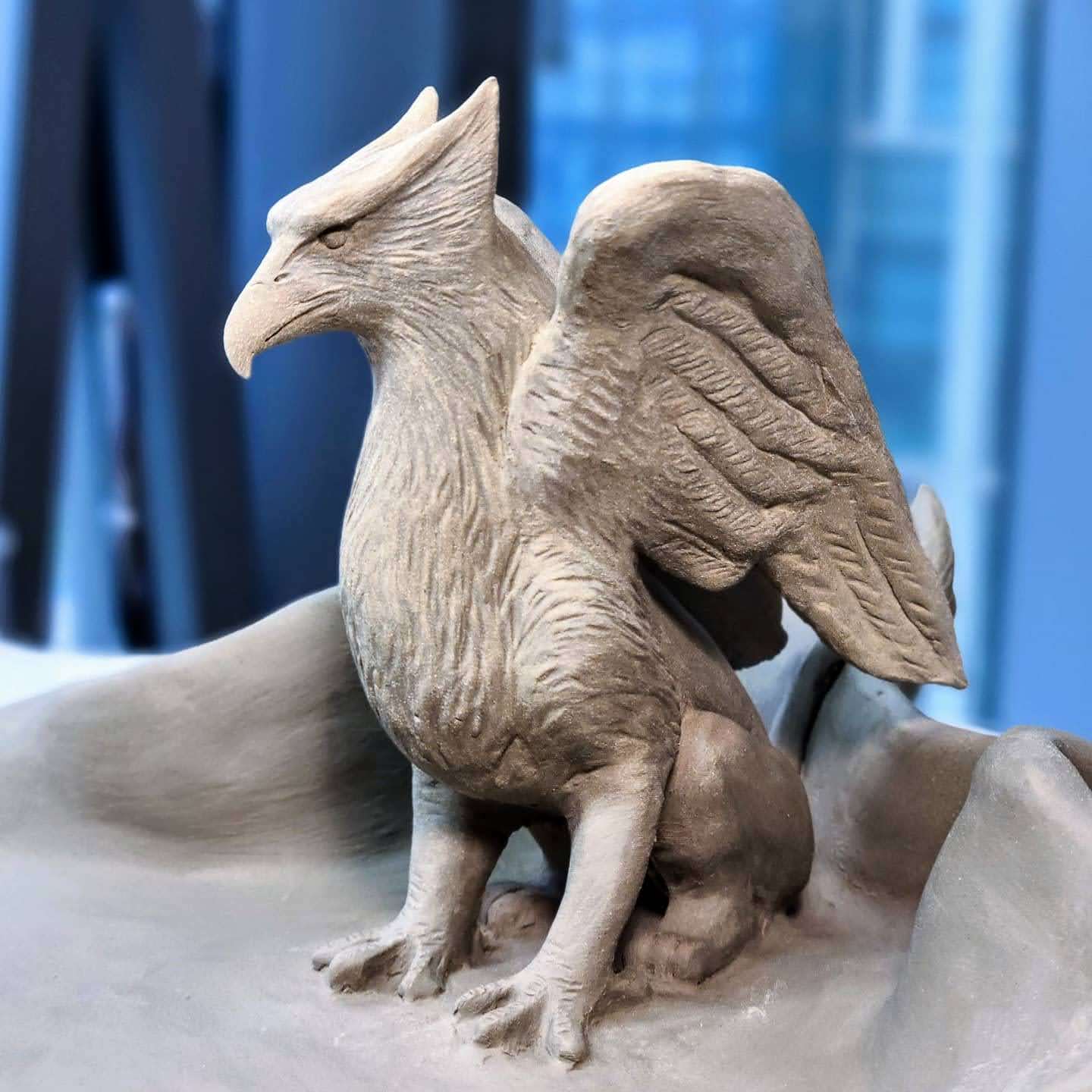
Wet clay model
- Details
- Category: Sculptures
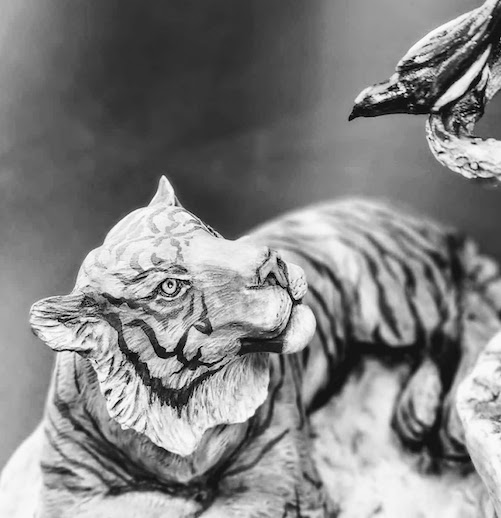
The image of a tiger and magpie was a popular theme in Korean folkart (Minhwa) during the Joseon Dynasty (1400 - 1800s). There were two types of works during this period: "Jakhodo" and "Kkachi horangi." In Jakhodo the letter “jak” means magpie; “ho” means tiger; and “do” means painting. The magpie implies that good things can happen or a valuable guest may come. The tiger symbolizes expelling bad spirits. Jakhodo paintings are thought to keep away evil spirits and influence, and there is a tradition to hang the art piece in the house in the first month of the lunar calendar. In kkachi horangi paintings, the tiger is intentionally given a ridiculous and stupid appearance (hence its nickname "idiot tiger" 바보호랑이), and represents authority and the aristocratic yangban, while the dignified magpie represents the common man. Hence, kkachi horangi paintings of magpies and tigers were a satire of the hierarchical structure of Joseon's feudal society.
There is also a folktale that may have served as the backdrop for the imagery of the tiger looking up at the magpie from "Minhwa: Tales of Korean Folk Paintings" by Yul Soo Yoon:
|
Once upon a time, a tiger wandered into a big puddle in the forest. Incapable of freeing himself, he anxiously waited for someone to rescue him. He endured three days without a meal before a goodhearted woodcutter happened to pass by. |
My thanks again to the Ceramic Art Studio and Shop.
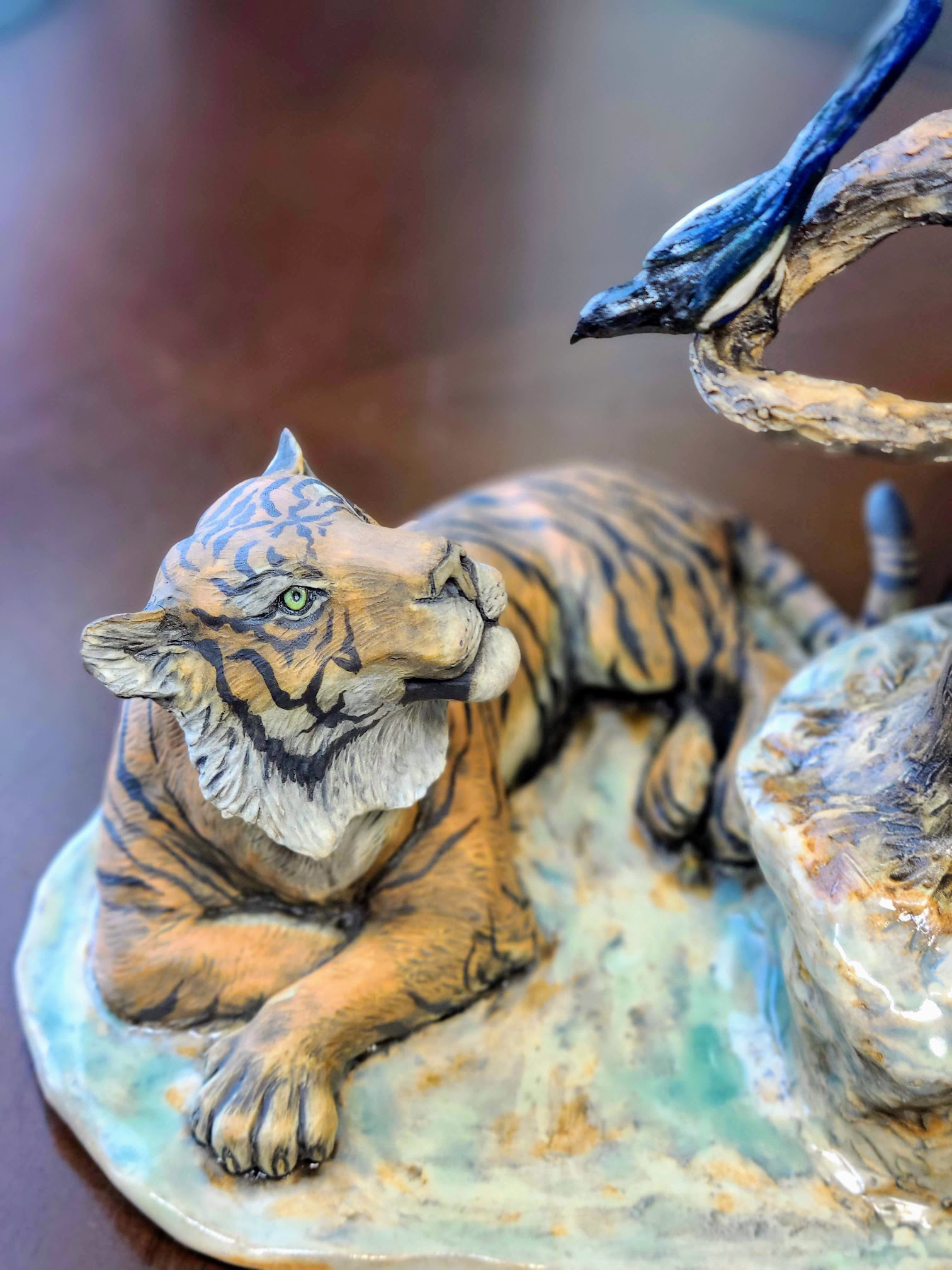
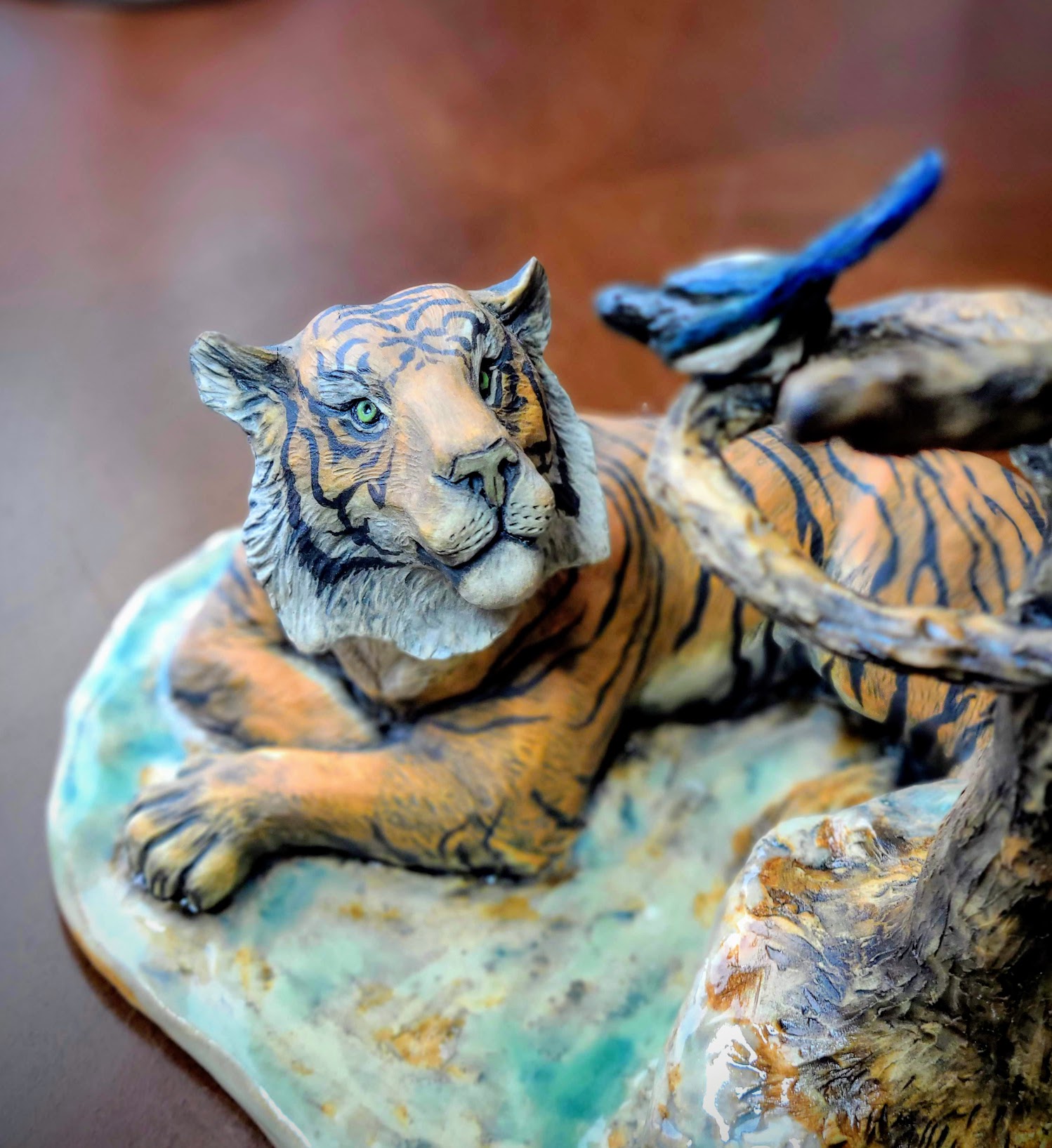
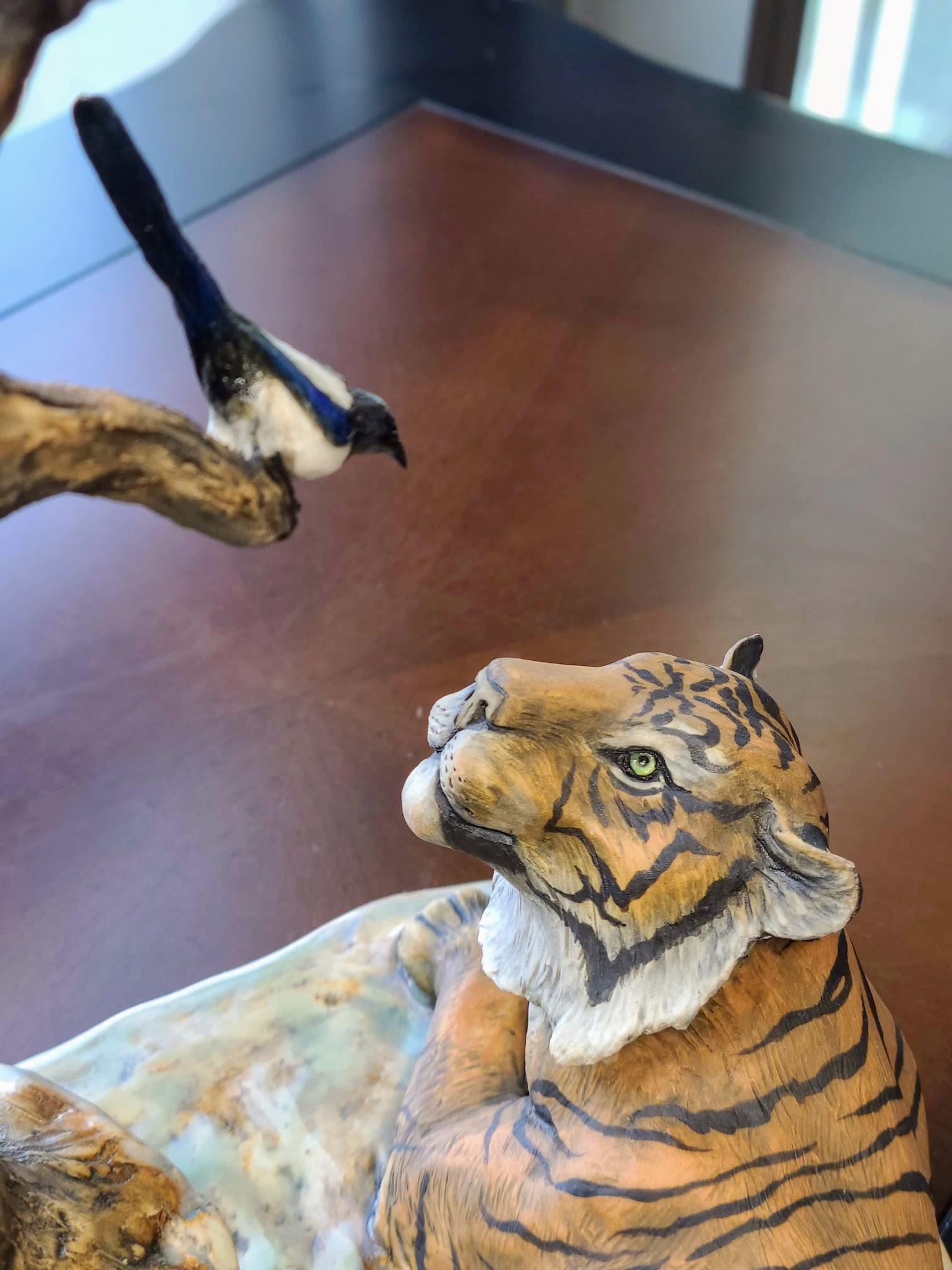
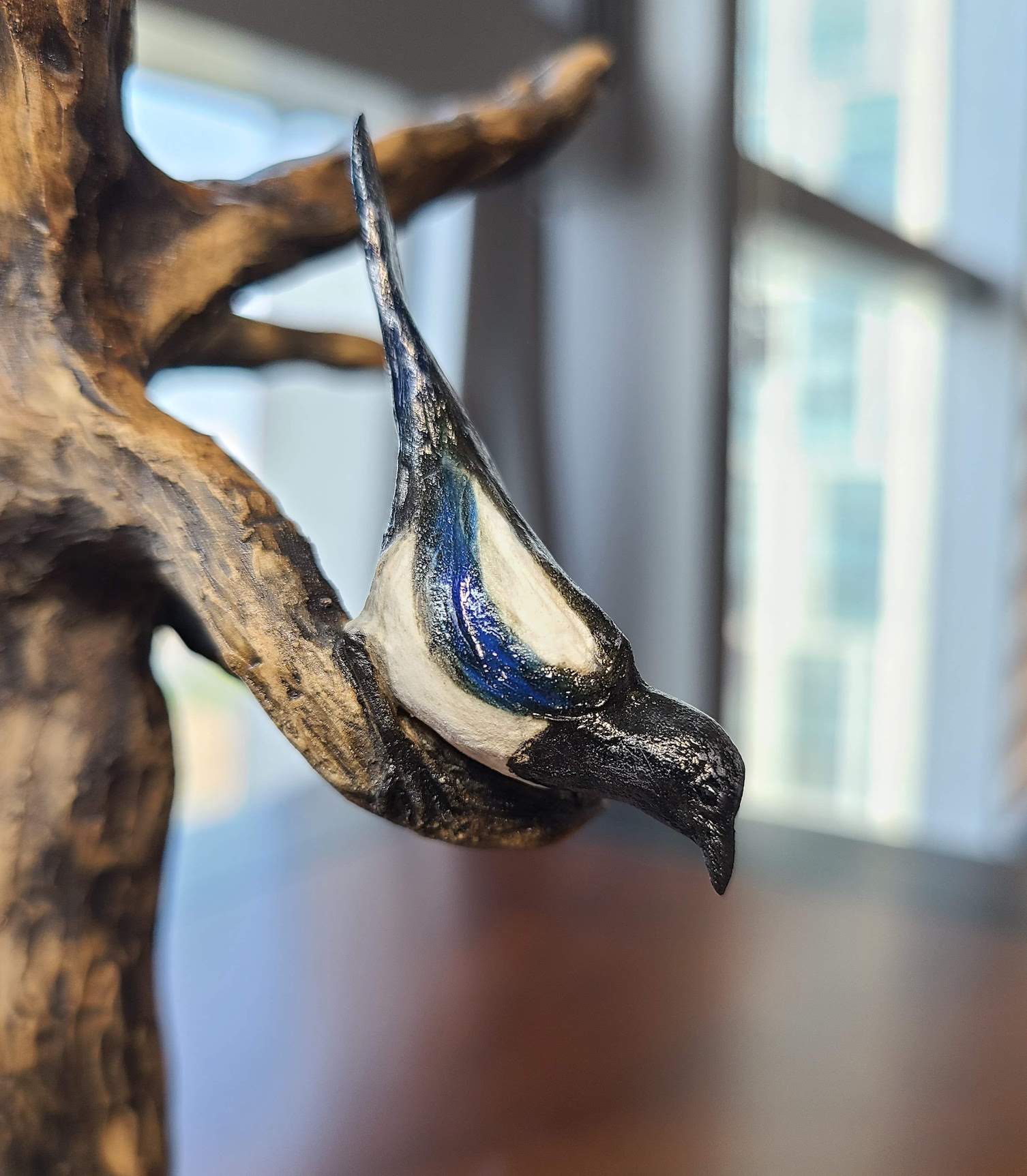
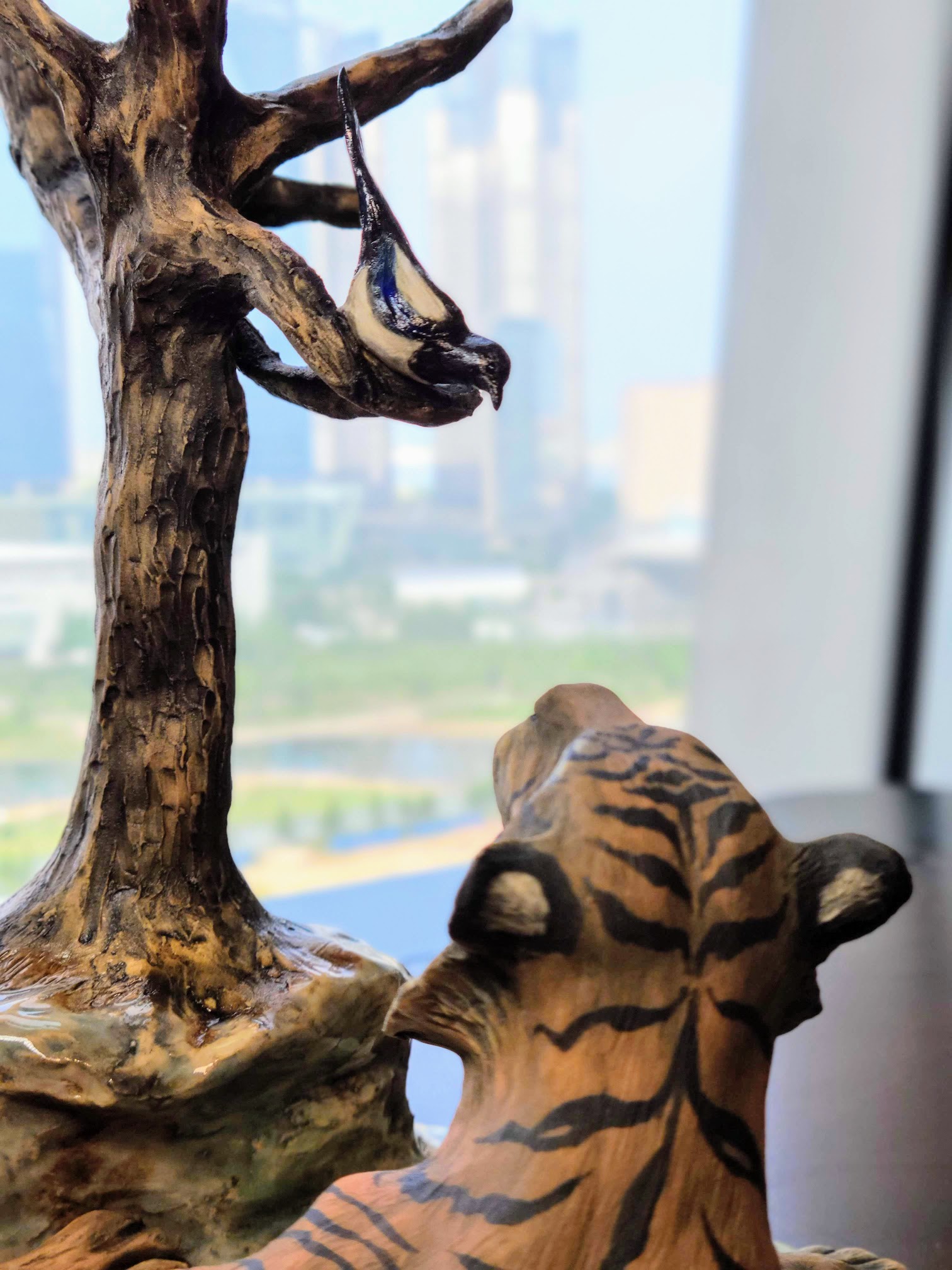
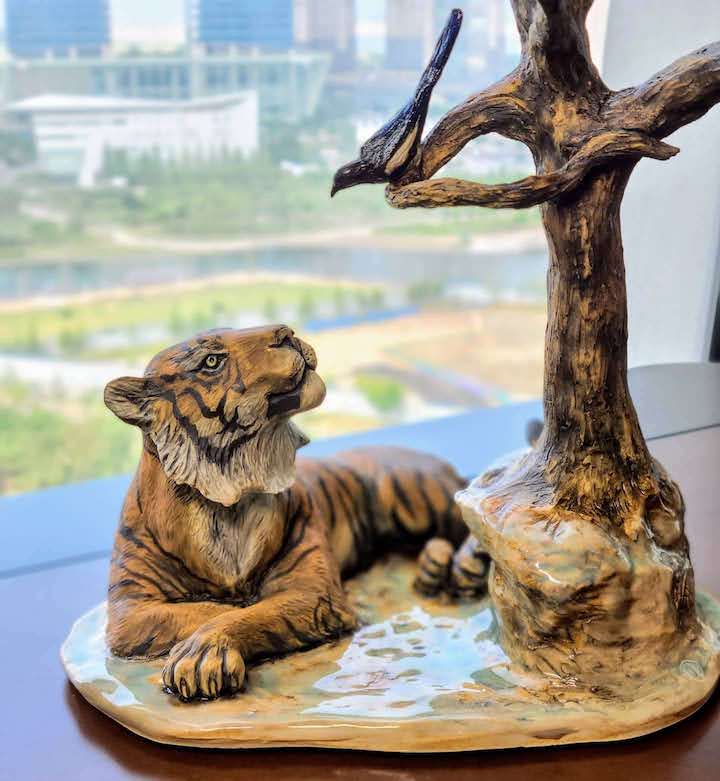

Wet clay model
- Details
- Category: Sculptures
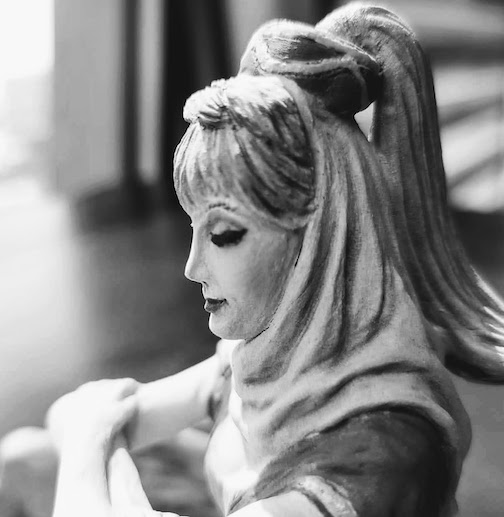
I had originally intended to sculpt Sheherazade from the 1001 Arabian Nights, but had a tough time finding period accurate clothing that a slave girl turned princess would wear. In the process, I realized that Jeannie, played by the lovely Barbara Eden, from the hit TV show I grew up with (from syndicated reruns of course) would be a perfect alternative. I will come back to Sheherazade at some point! My thanks again to the Ceramic Art Studio and Shop.
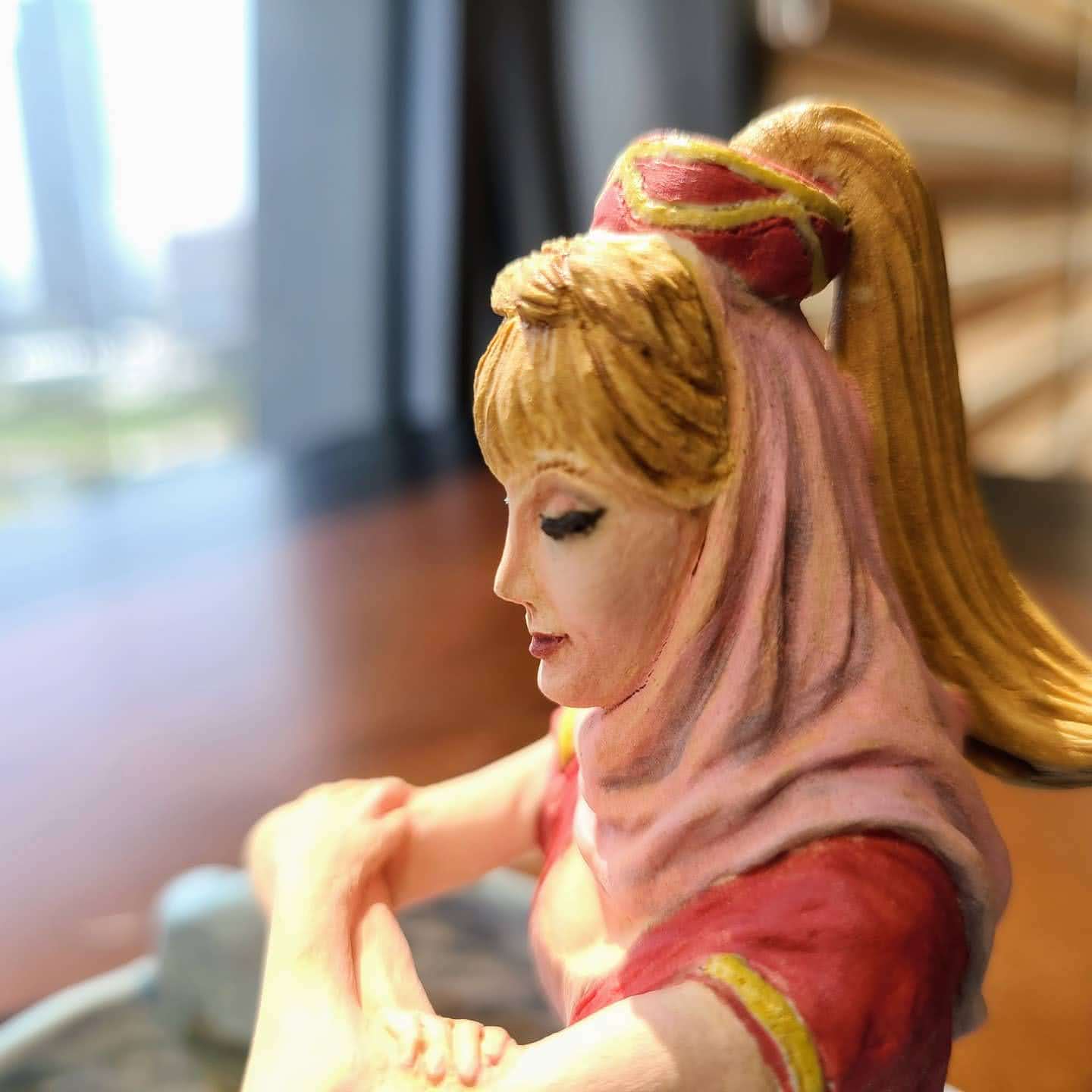
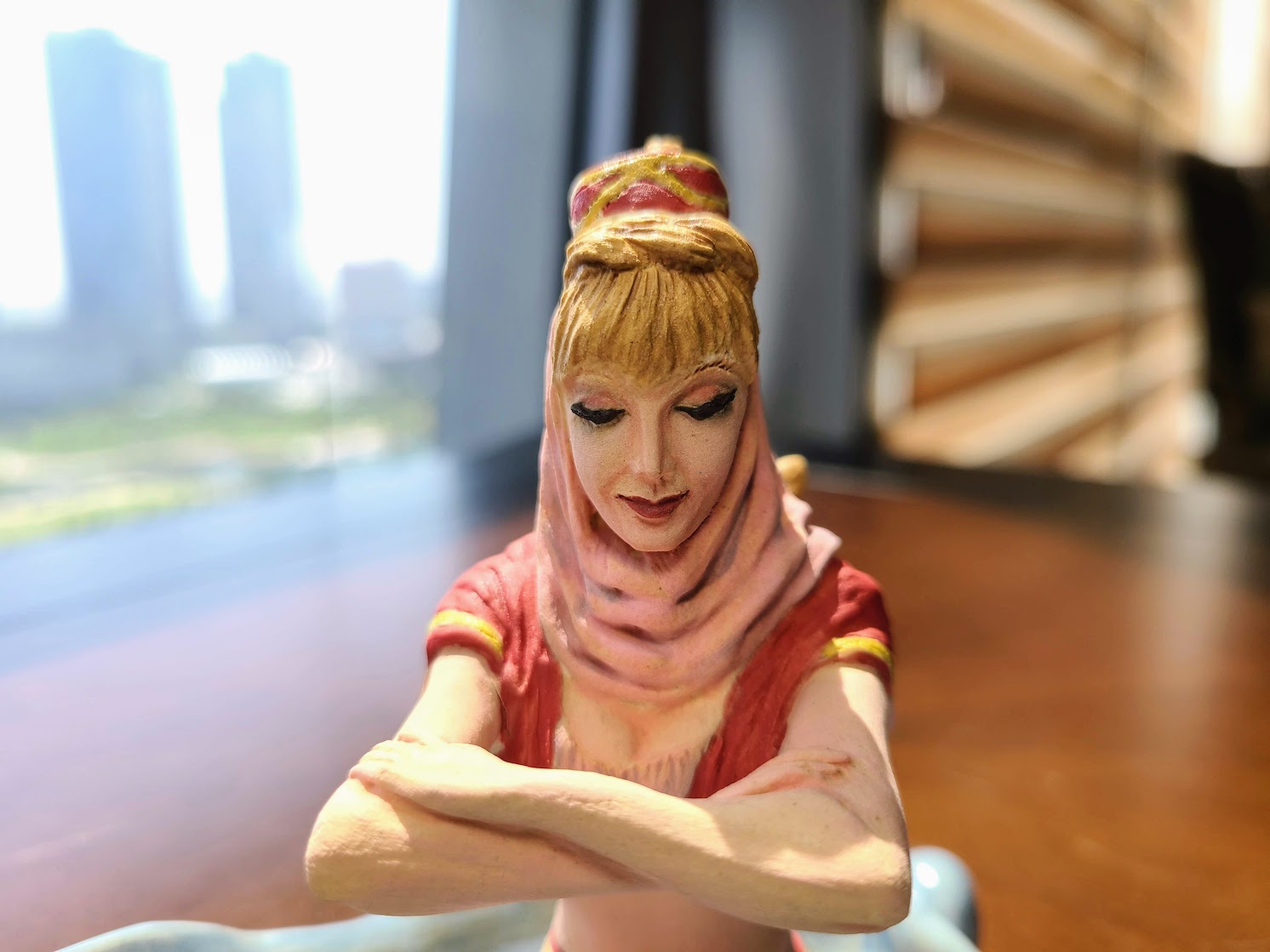
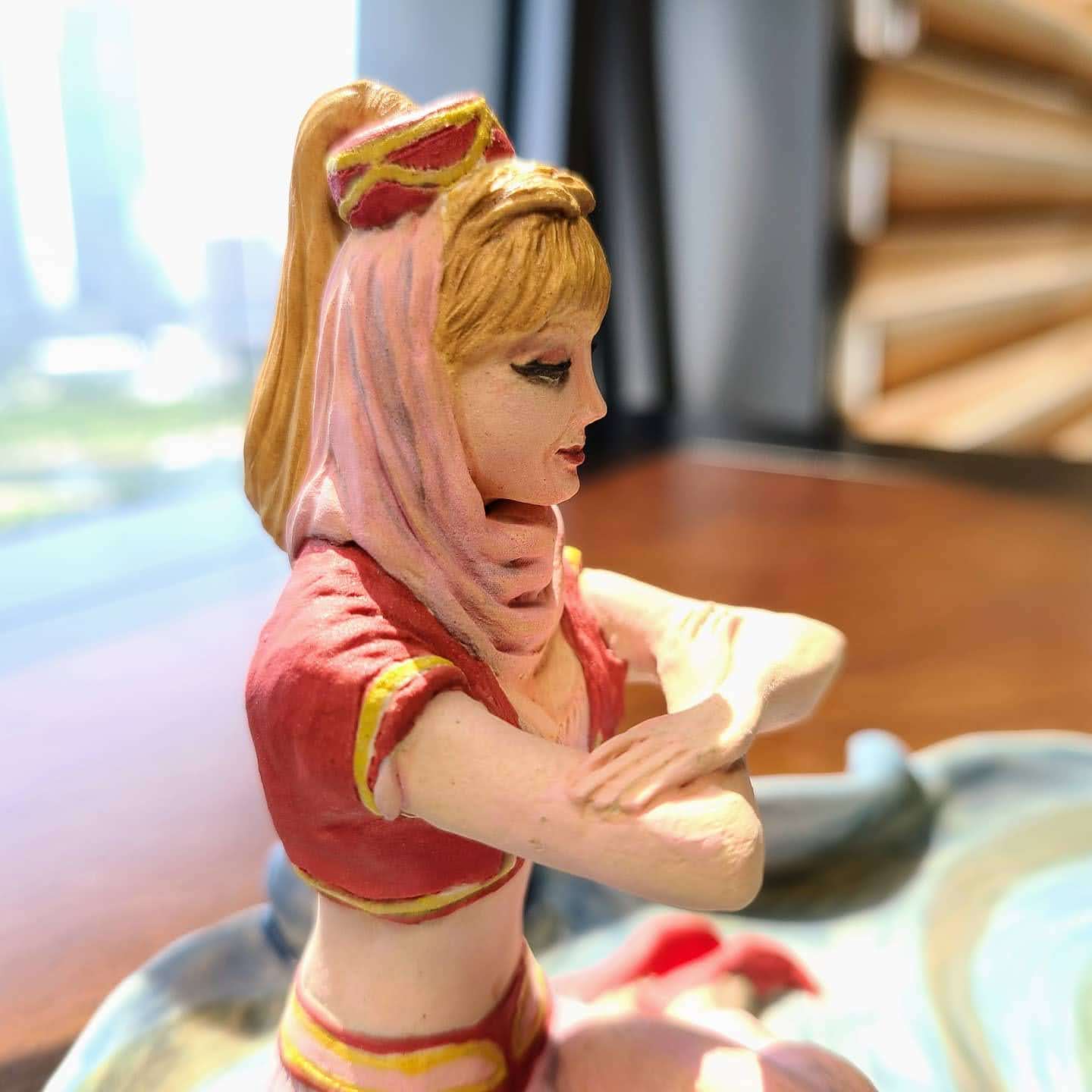

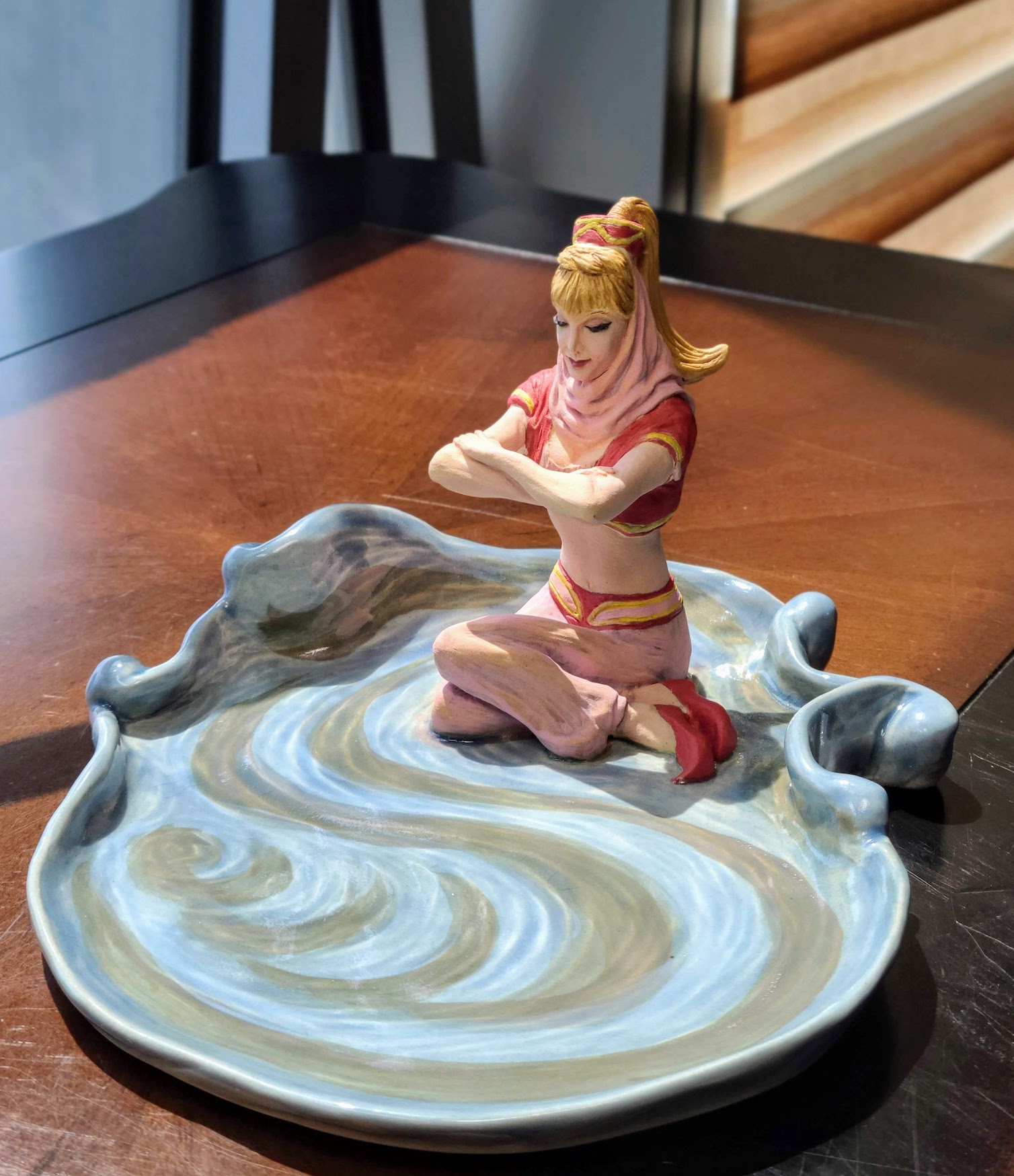
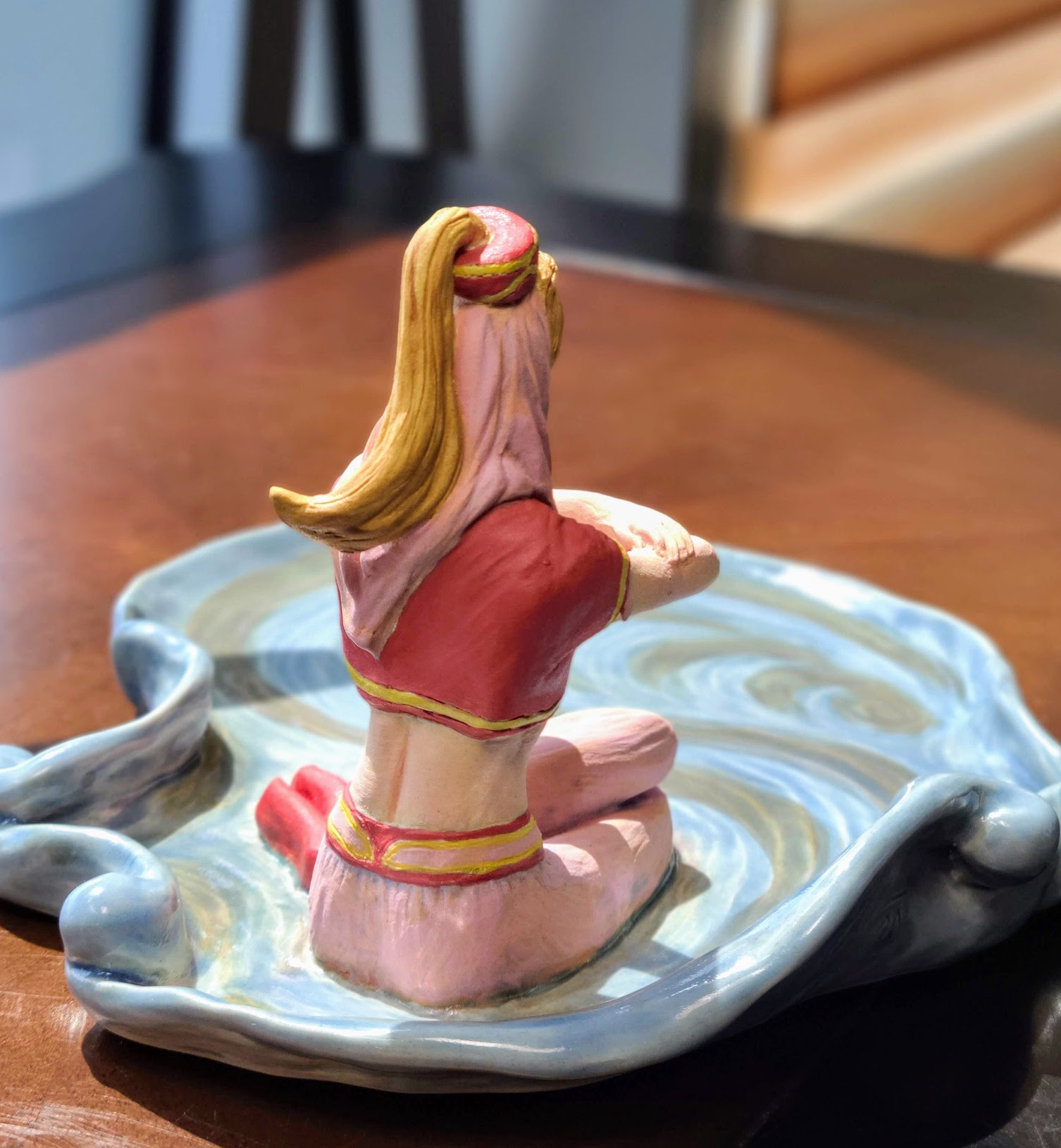
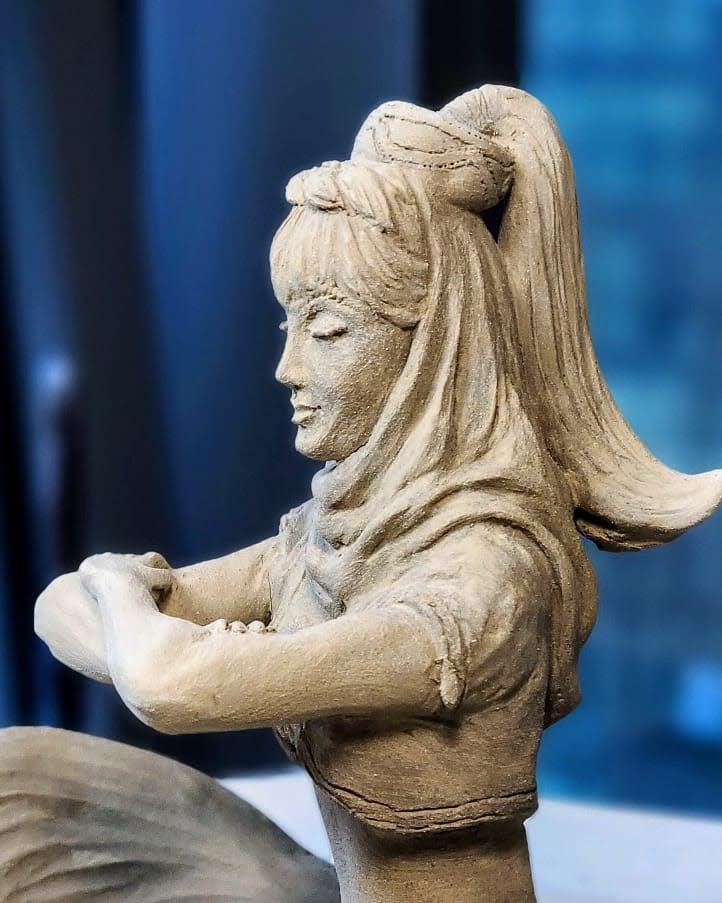
Wet clay model
- Details
- Category: Sculptures
The Fairy with Turquoise Hair was a key character in Italian writer Carlo Collodi's 1883 book The Adventures of Pinocchio. For some reason Disney decided to give her blonde hair with a blue dress in Pinocchio (1940). My personal favorite version of the Blue Fairy was in Steven Spielberg's 2001 movie A.I.: Artificial Intelligence (2001). The scene with her at the end of the film makes me choke up every time. I originally intended to make a faithful reproduction of the Cony Island sculpture from the film, but decided on my original take. My thanks again to the Ceramic Art Studio and Shop.
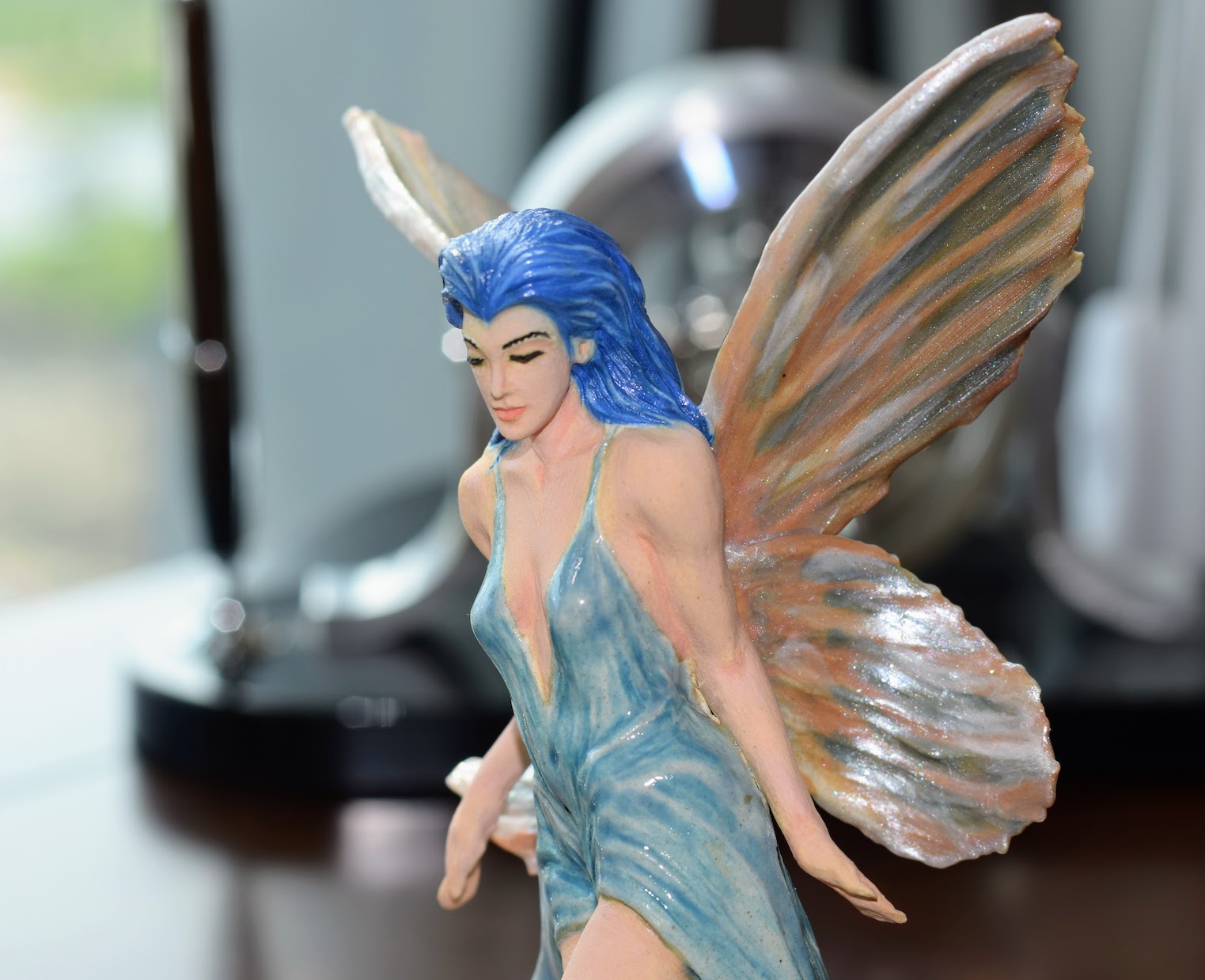
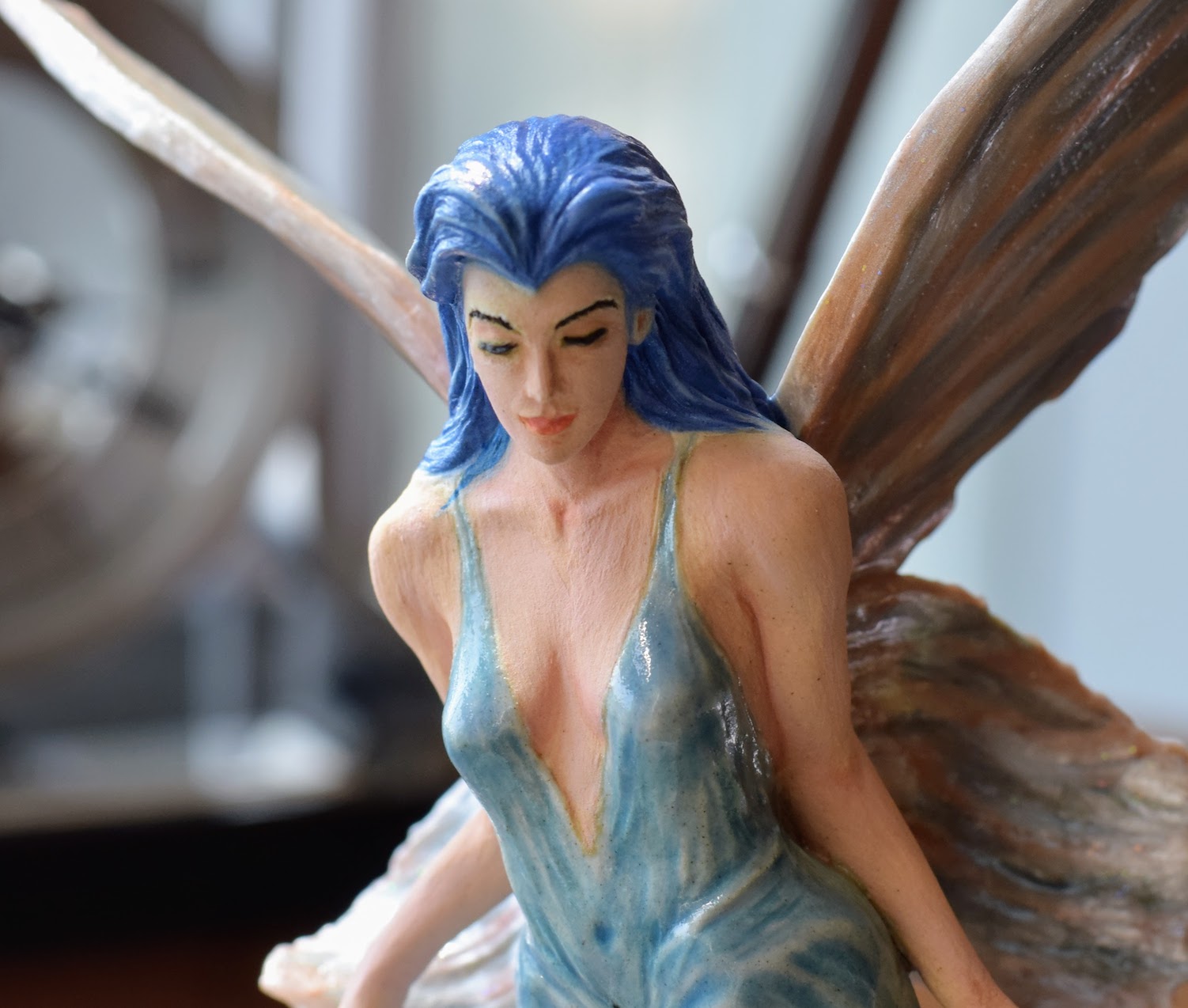

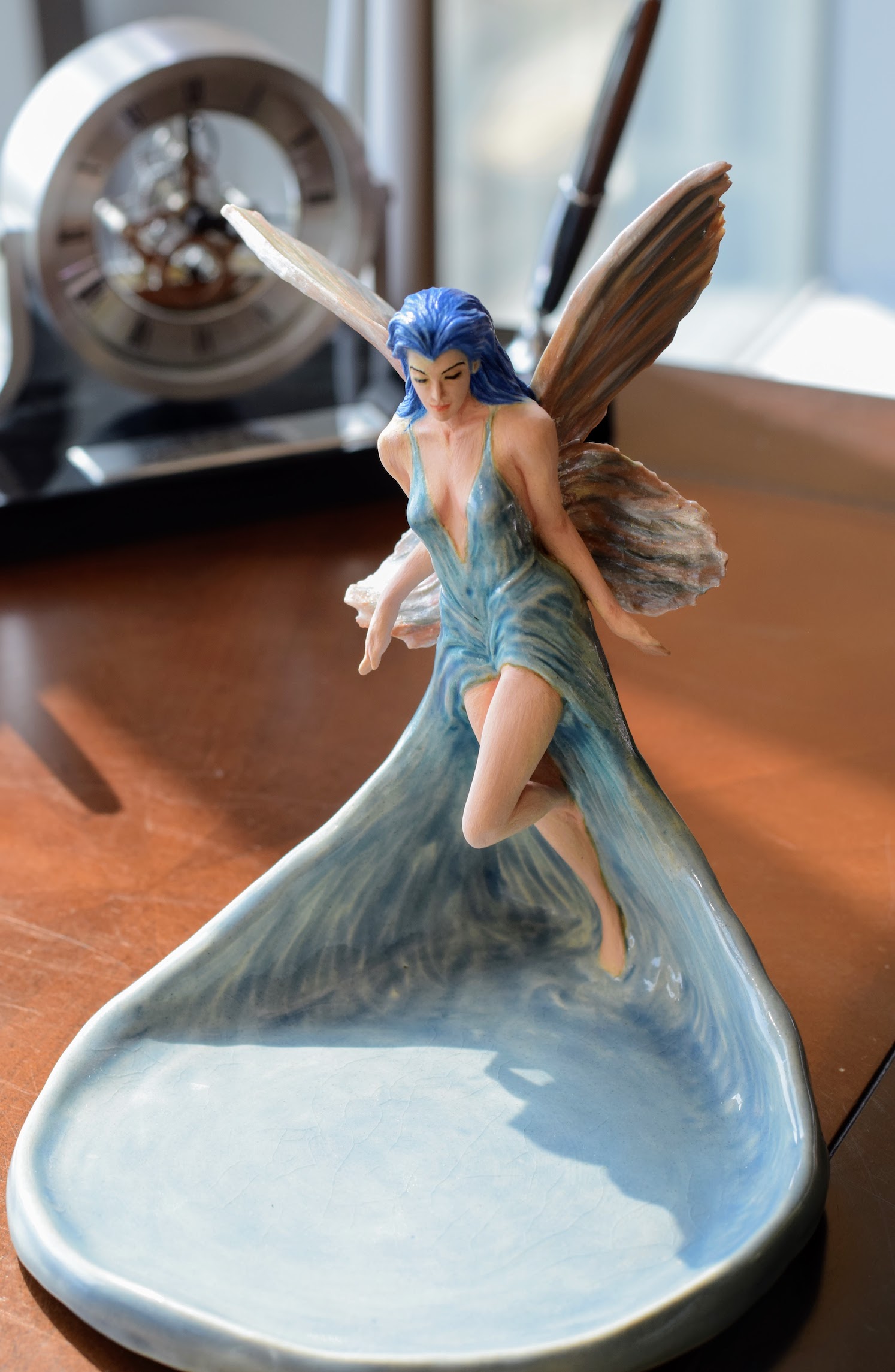
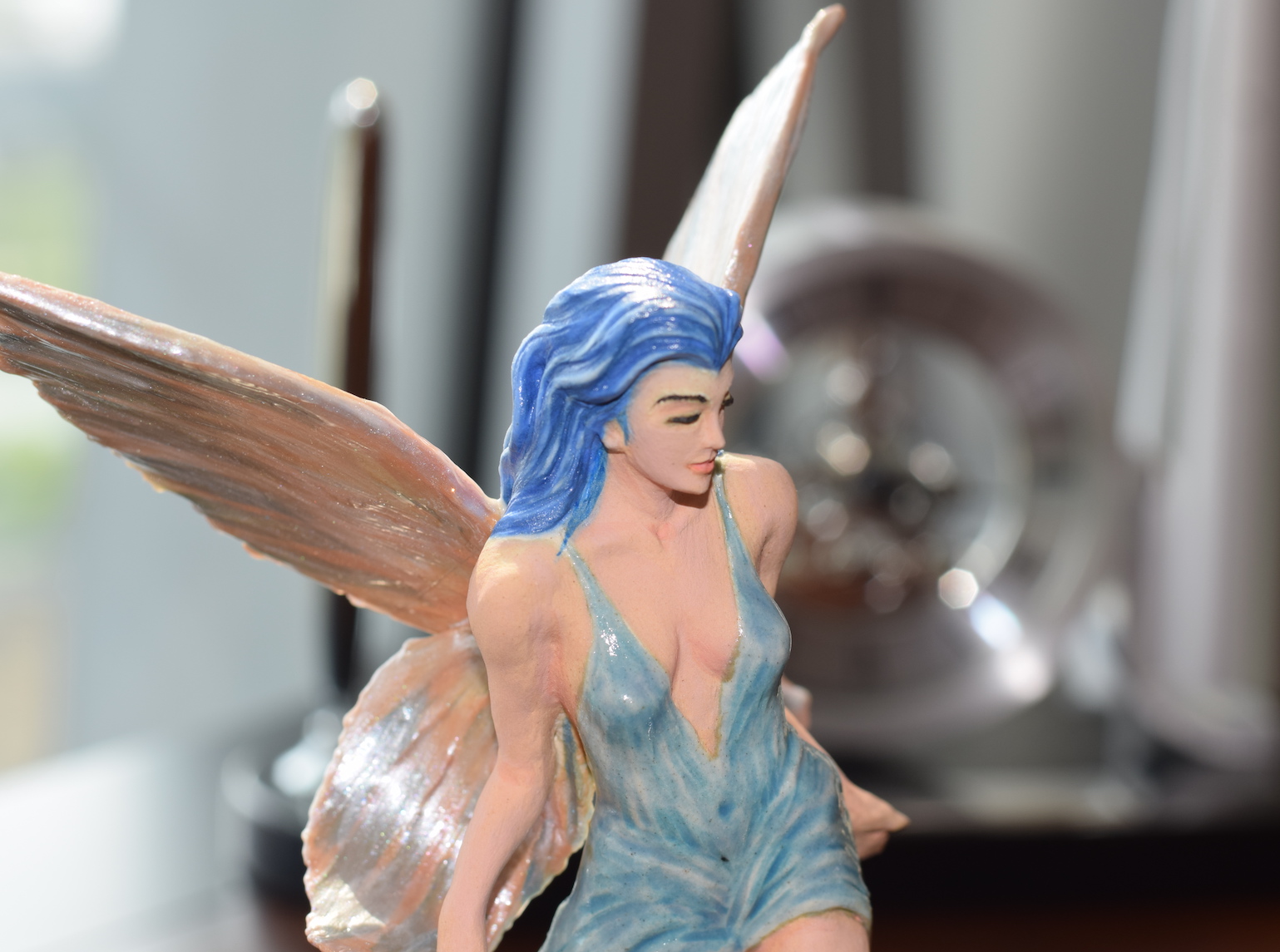
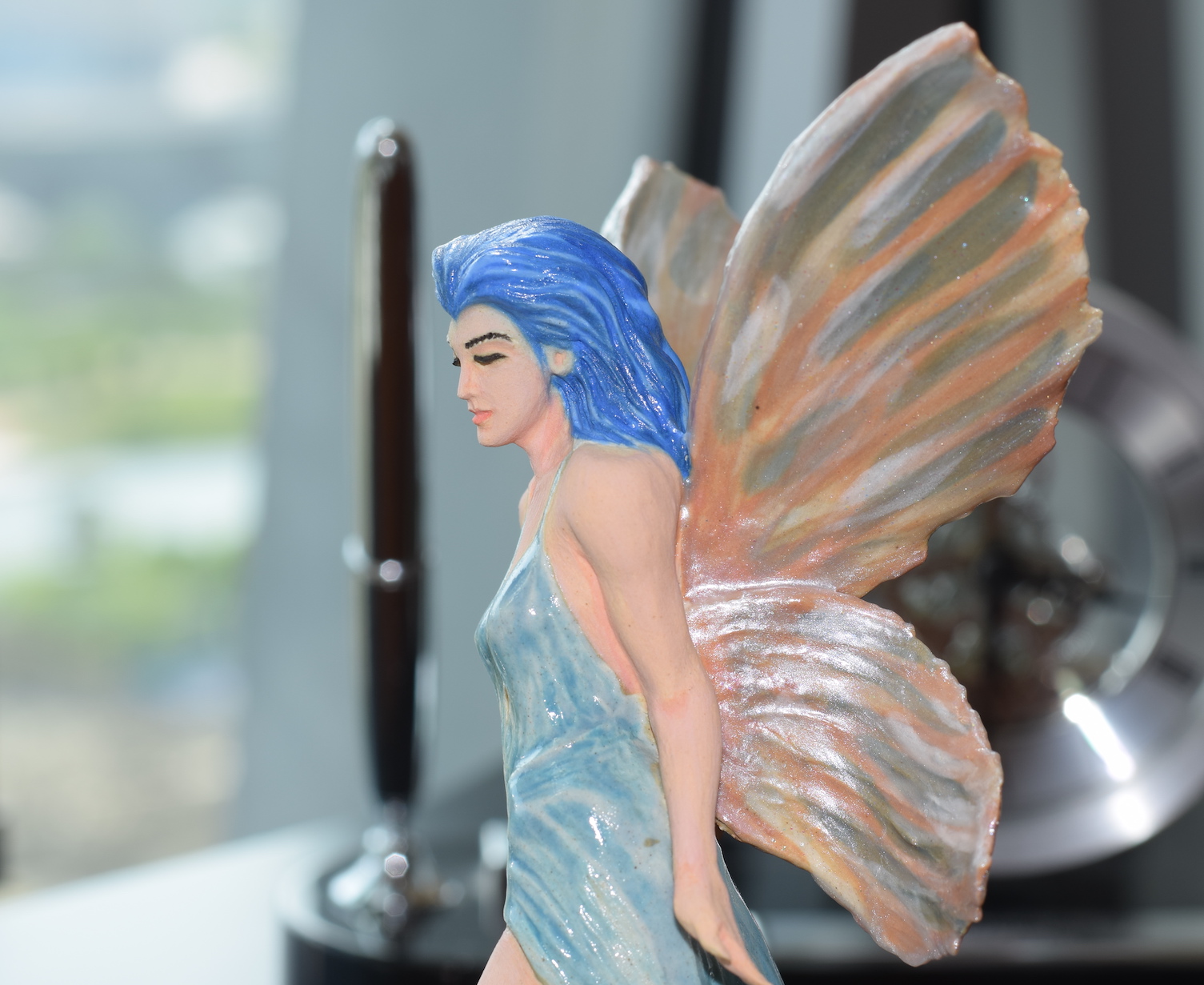

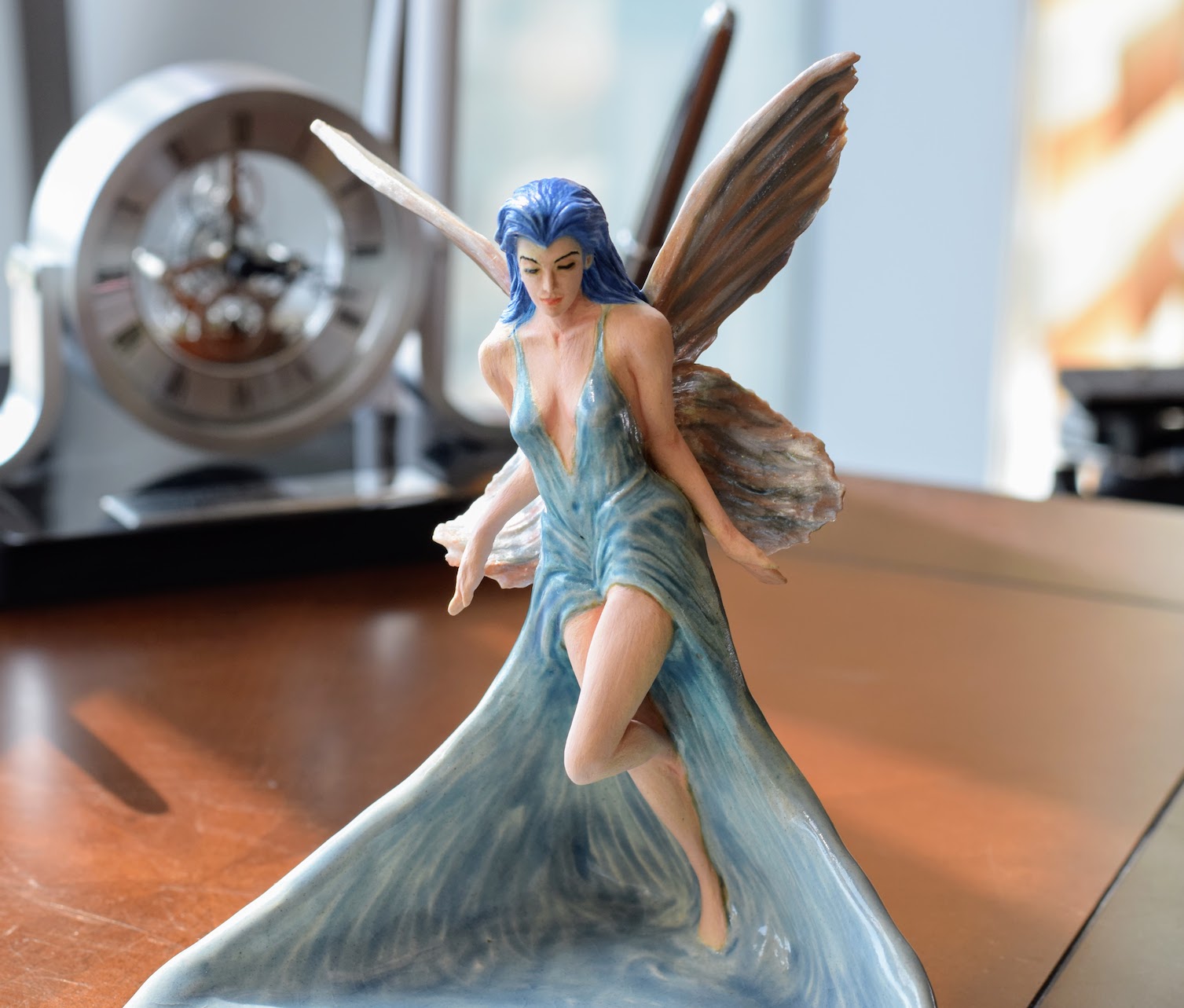
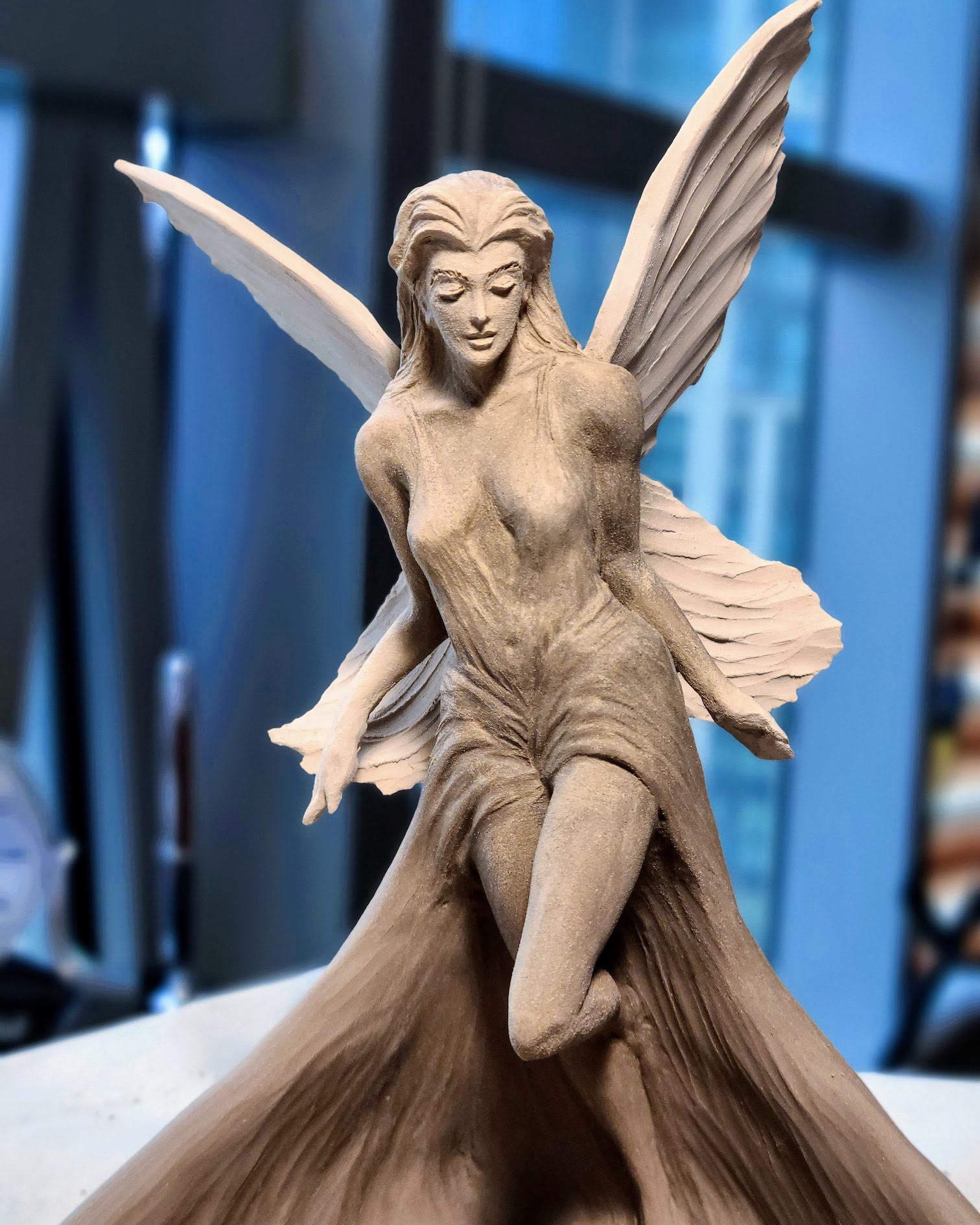
Wet clay model
Page 21 of 47
